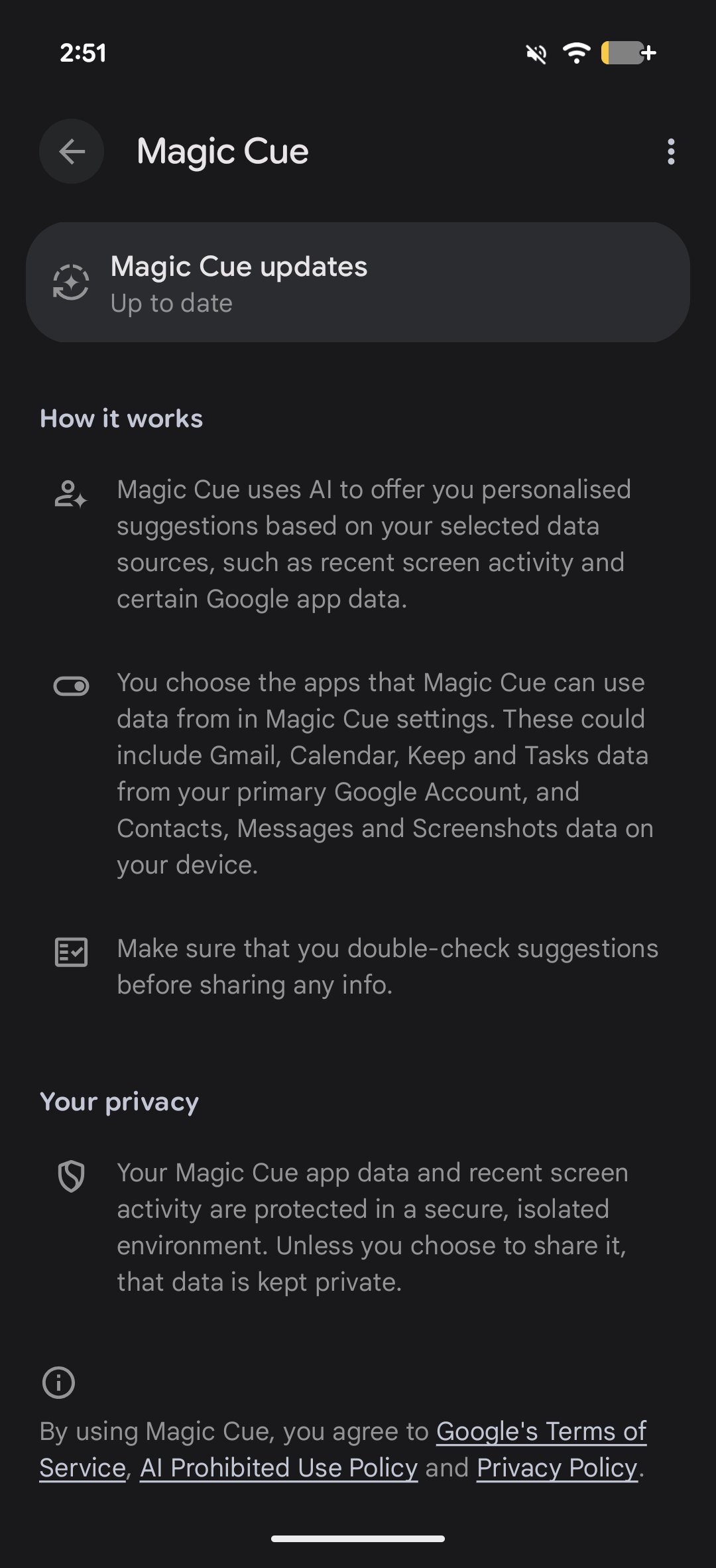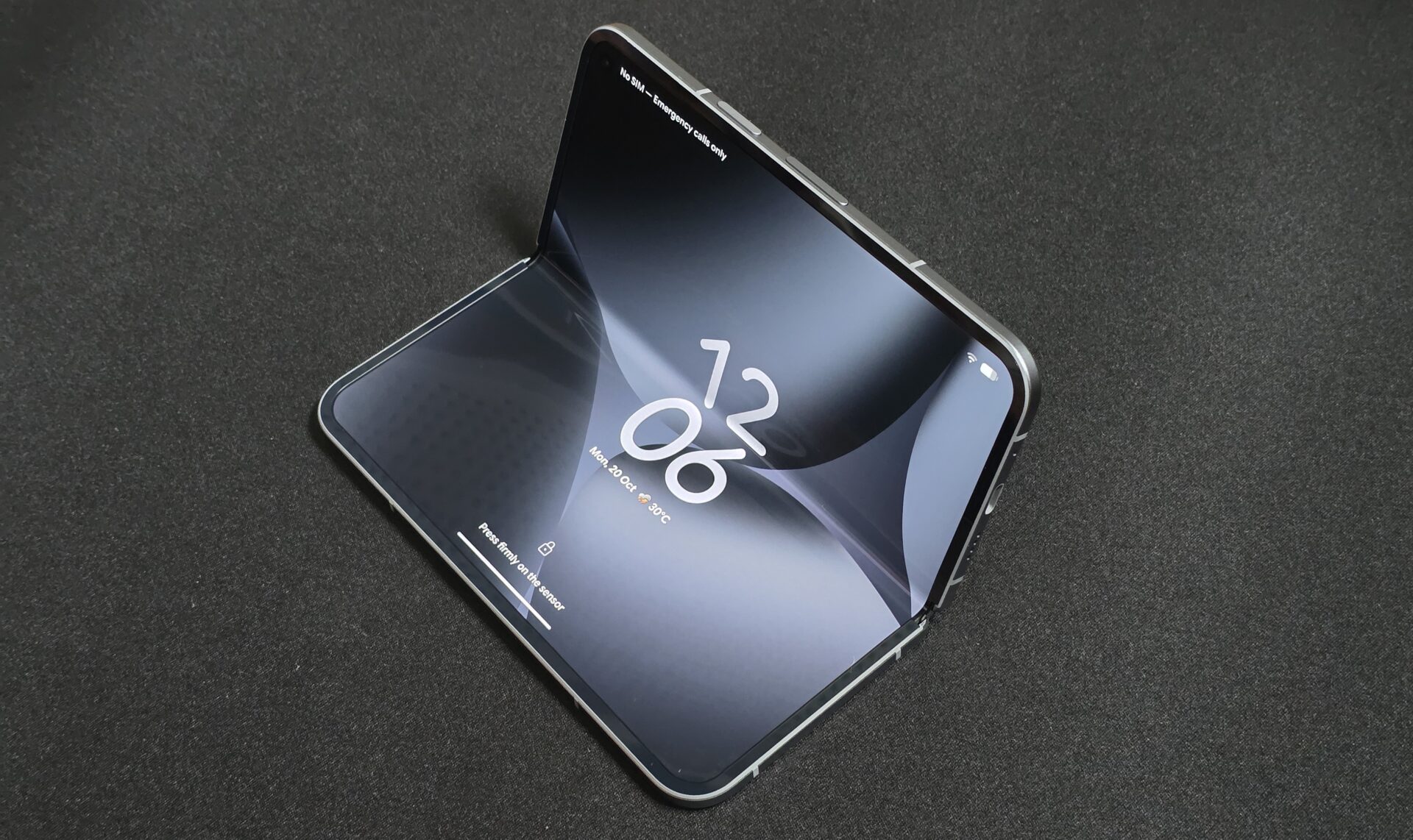
At first glance, the Google Pixel 10 Pro Fold feels much like its older sibling. It sports a 6.3-inch cover screen just a hair smaller than the 6.4-inch on the Pixel 9 Pro Fold and has an 8-inch inner display. No changes, too, to the S$2,399 sticker price for the base 256GB storage offering.
Notably, though, the Pixel 10 Pro Fold gets Gorilla Glass Victus 2 on its outer display and glass back, and IP68 protection against the elements – better than the Samsung Galaxy Z Fold 7. The 20:9 outer display remains a practical design decision, but can an upgraded engine underneath and more AI smarts make up for the minimal design change?
Design






In terms of looks, the Pixel 10 Pro Fold retains its camera bar, rounded outer edges for easier grip, and a chamfer on the folding edge. The device measures 10.8mm when folded up, barely thicker than the 10.5mm on the Pixel 9 Pro Fold. The new phone also comes in a gram heavier at 258g. That’s, however, noticeably weightier than the 215g Samsung Galaxy Z Fold 7.
On the new Google phone, the folding mechanism is a gear-less one that uses “spacecraft grade materials”. It opens and shuts with resistance and is able to remain open across all angles of motion. Good stuff, in other words.
The back of the device carries over the smooth matte finish, which is pleasant to touch and fingerprint resistant. The sides of the device also has a matte treatment, but the size of the display means plenty of room for fingerprints.
The screen features rounded corners to keep the look soft while shaving a little bezel off the cover display. Bezels on the folding display remain rather prominent, though.
I would readily admit the camera bar on the Google devices looks much better than the iPhones this generation, but surely there is room to refresh the look.
Screen


The Pixel 10 Pro Fold retains a Full HD outer display in 20:9 aspect ratio that opens up to a 1:1 folding display. The 20:9 format is helpful because it resembles most candybar smartphones and maximises app compatibility.
Screen quality is good as well. The cover display offers deeper blacks and richer colours than the inner display due to the latter’s rather visible protective film. This seems to be a quirk that has remained unchanged from last year.
To be fair, Google has done well making dynamic refresh rates work. With high refresh rate mode on, the displays dance nimbly across 1Hz, 12Hz, 24H, 30Hz, 60Hz and 120Hz.
That said, the screen is not the brightest out there. In my tests, the outer display tops out at 1,180 nits on adaptive brightness and 1,080 nits on manual control. Things max out at 950 nits on the folding display.
The screen crease is where you feel that Google has stayed stagnant while rivals pulled forward this year. There has been little improvement on the Pixel 10 Pro Fold, with the protective film washing out the screen under sunlight.
Performance
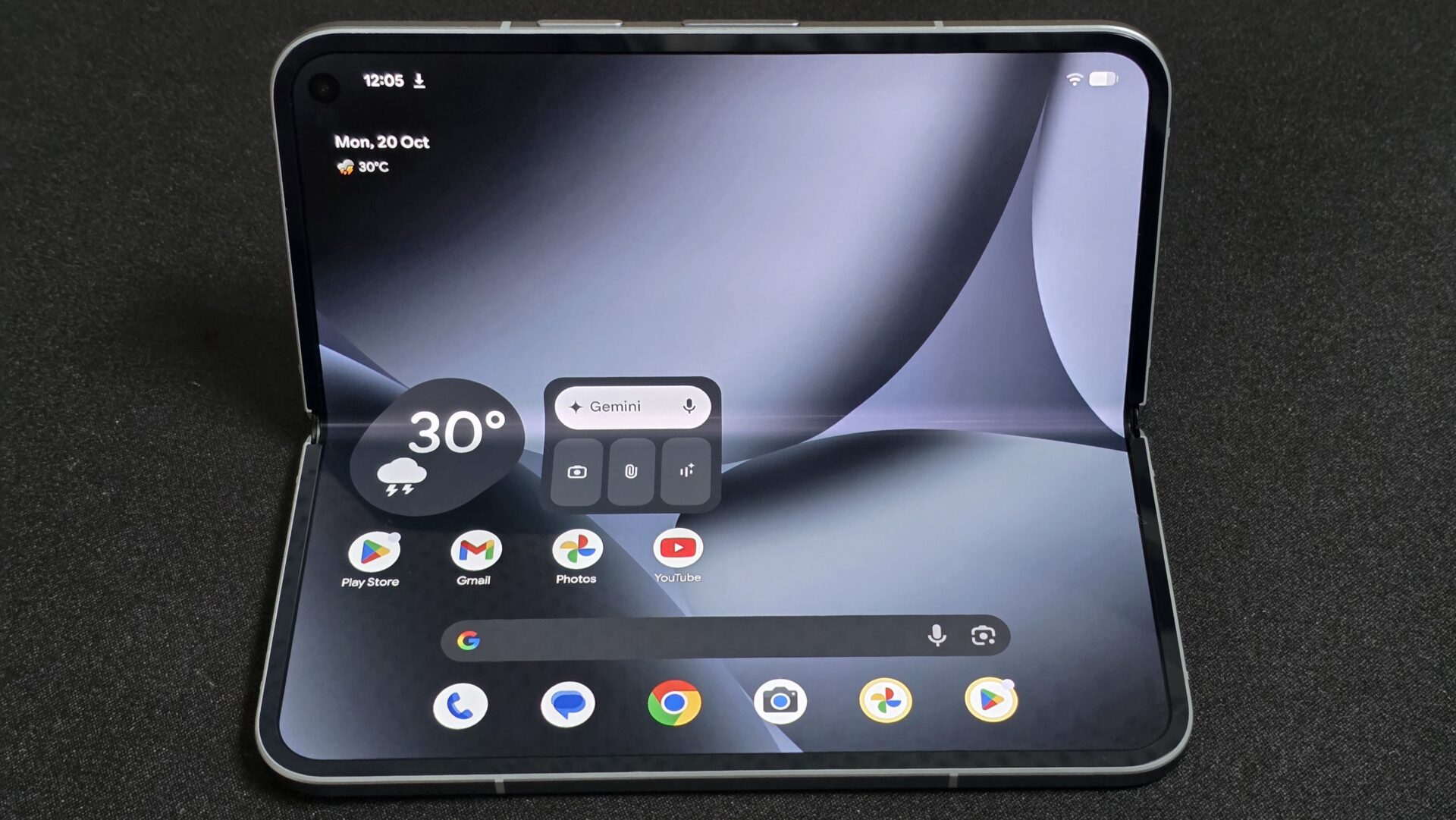
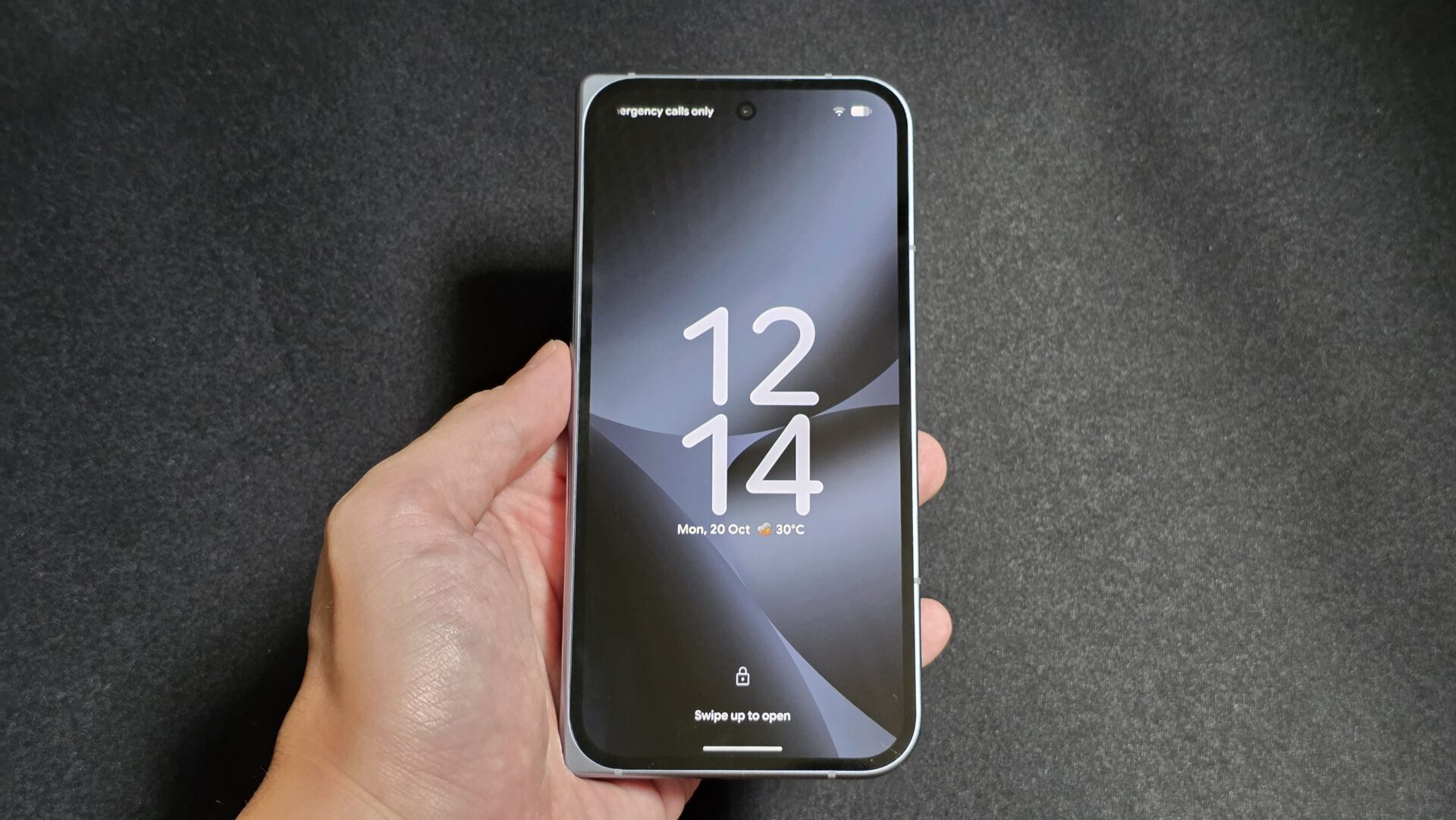
What of the CPU? The Tensor G5 is Google’s latest in-house chip design and the first to be made by TSMC’s foundry instead of Samsung. Built on the Taiwanese chipmaker’s 3-nanometre process, it should improve power efficiency and performance. The graphics solution of choice was not Mali, but Imagination Technologies’ PowerVR.
The chip can be expected to run cooler, even if not a whole lot speedier in benchmarks. Certainly, I did not feel the phone running hot in my hand during use. Nevertheless, responsiveness has never been a real issue given Google’s light and clean vanilla Android.
Of late, there’s been talk that the Pixel 10 series struggled with Genshin Impact, and by extension, other games. I had no issues playing a few rounds of Asphalt Legends, however. The issue seems to be specific to some game versions.
With the gaming benchmark 3DMark for Android, the new phone got through the Wild Life Extreme benchmark averaging 17 frames per second and a score of 2,850 over three runs.
AI Features
What of the photography smarts? Google’s Best Take has taken a step up to become Auto Best Take. The camera app would study 150 images taken before and after the shutter is clicked to recommend the best mix of expressions in a single shot. I find this useful, since detection is automatic and the camera app would activate the mode when I try some group shots.
Magic Cue appears to be the standout AI feature this year. In messaging or while running searches, the phone should pick up on the contextual cues across calendars, e-mails and apps to provide the information sought.
When browsing a website with restaurant recommendations, for example, said restaurant should appear as a suggestion when I fire up Google Maps. In my use, however, this has been confounded by, say, more than one restaurant on the webpage.
When a friend asks about the time of an upcoming dinner over text, the Pixel should sift through the calendar and provide it without effort. Unfortunately, this does not work with WhatsApp or Telegram, only Google Messages. It would be nice to have this feature on third-party apps.
Instead of using AI image enhance or manual tuning, it would also be possible to describe the tweaks desired in Google Photos and have AI do the work. Basically, AI enhance but with some control. Strangely, I was unable to cue the feature despite having the latest Google Photos installed.
Other features and battery life
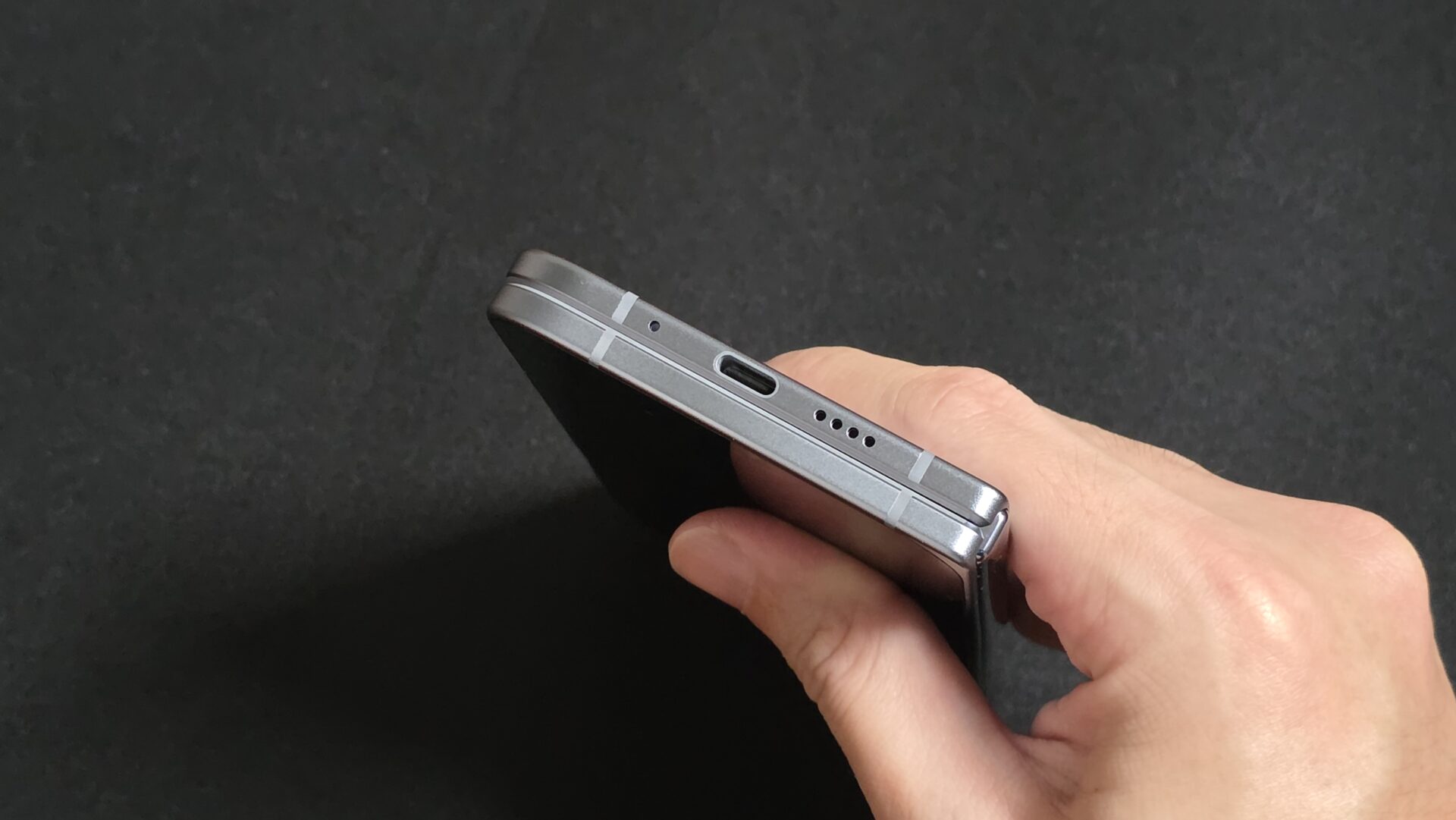
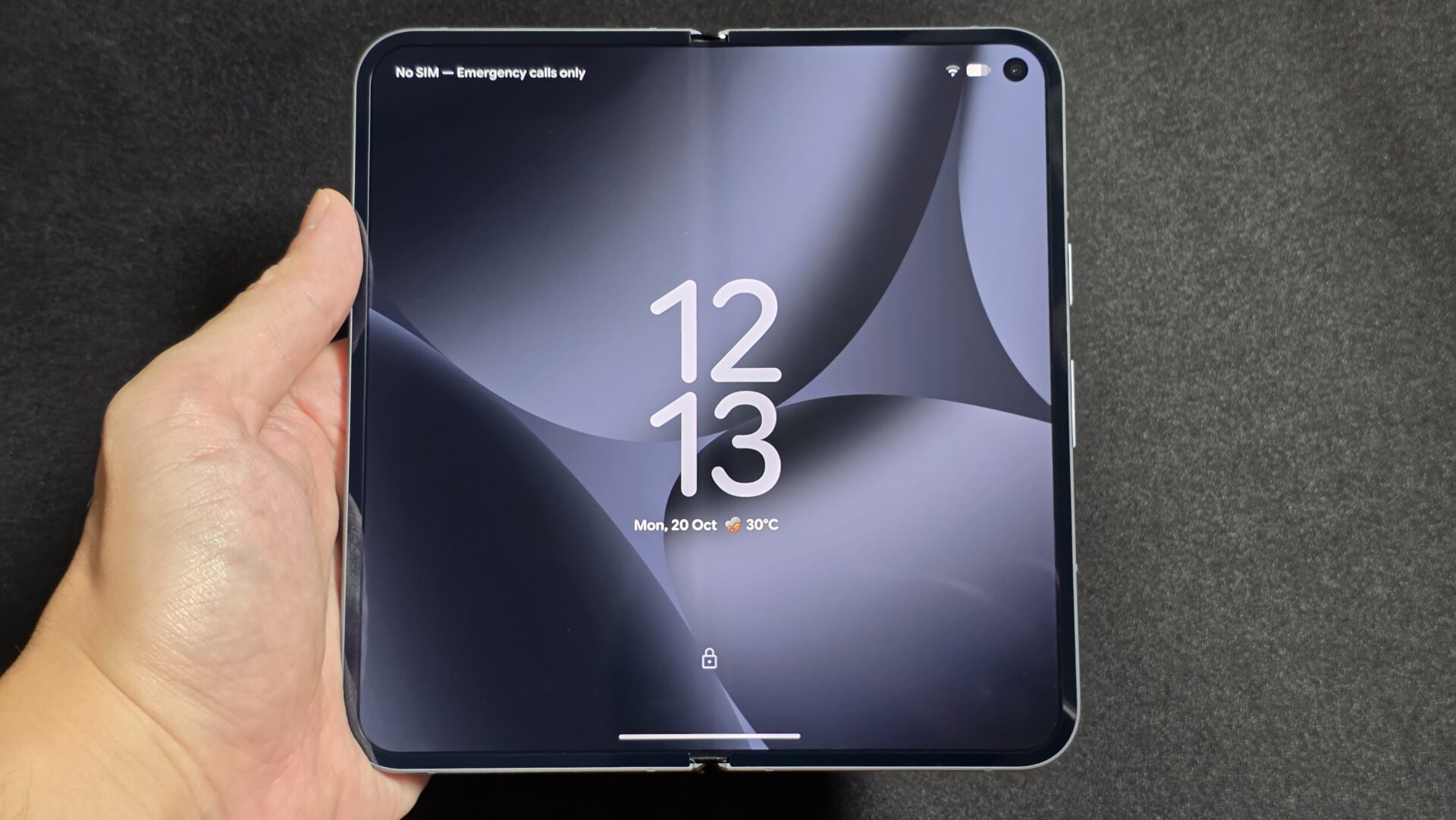
The Pixel 10 Pro Fold has speakers on both the bottom left rail and upper left rails. They are loud and clear enough, but still have some tinny hollowness that sounds like the speakers are recessed within the shell.
For convenience, the fingerprint sensor is placed on the power button, so it can be accessed from both the cover and folding screens.
The phone come with an IP68 rating for dust and water resistance like the best non-folding phones. I was surprised by the high dust protection, given the mechanical parts on the delicate folding display. I did not test the claims, though.
The phone features a 5,015mAh cell – 50mAh less than last year. I ran PCMark 10 for Android’s Work 3.0 Battery Life test with Wi-Fi and dynamic display refresh turned on. The device lasted 15 hours 15 minutes, on a par with the Pixel 10 Pro.
The Pixel 10 Pro Fold comes with 30W wired charging on the Power Delivery 3.0 standard, quicker than the 21W outfit last year. Note, however, that there is an included USB-C cable, but no bundled charger.
Cameras
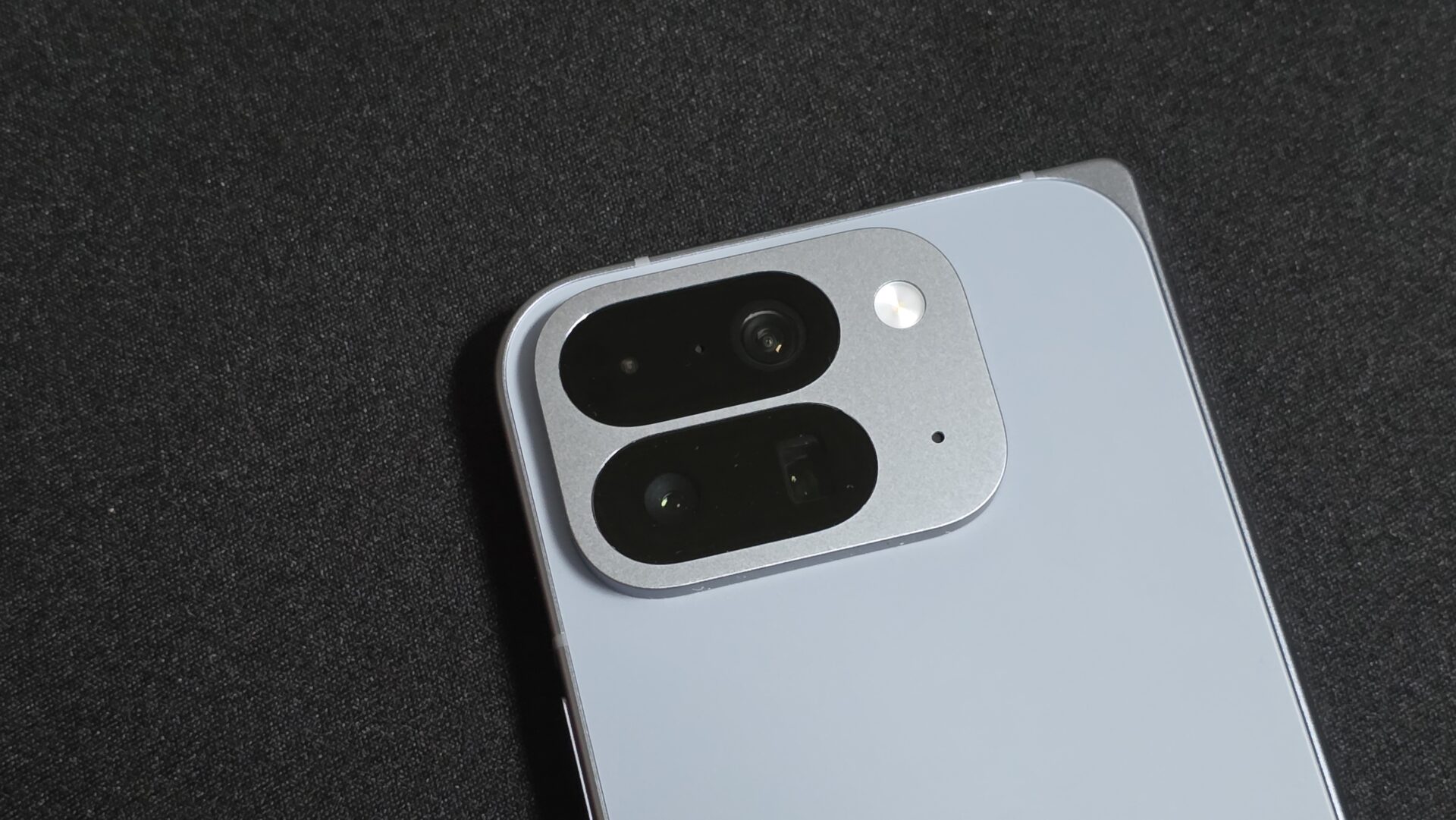
Wide camera: 48 MP, f/1.7, 25mm, 1/2.0-inch sensor, 0.8µm pixels, dual pixel PDAF, OIS
Telephoto camera: 10.8 MP, f/3.1, 112mm, 1/3.2-inch sensor, dual pixel PDAF, OIS, 5x optical zoom
Ultrawide camera: 10.5 MP, f/2.2, 127-degree field-of-view, 1/3.4-inch sensor, PDAF
Selfie camera: 10 MP, f/2.2, 23mm, 1/3.940-inch sensor, PDAF
The Pixel 10 Pro Fold retains the same imaging gear from the Pixel 9 Pro Fold, spec-wise, at least. Given that the candybar Pixel 10 Pro has improved its cameras this year, the gap between the best regular phones and foldables is widening.
It’s pretty easy to notice the difference between the cameras on the Pixel 10 Pro and the Pixel 10 Pro Fold. All the shots are respectable and flagship-worthy. However, the foldable phone’s amount of detail lags its same-generation siblings, and some washing out is apparent as well.
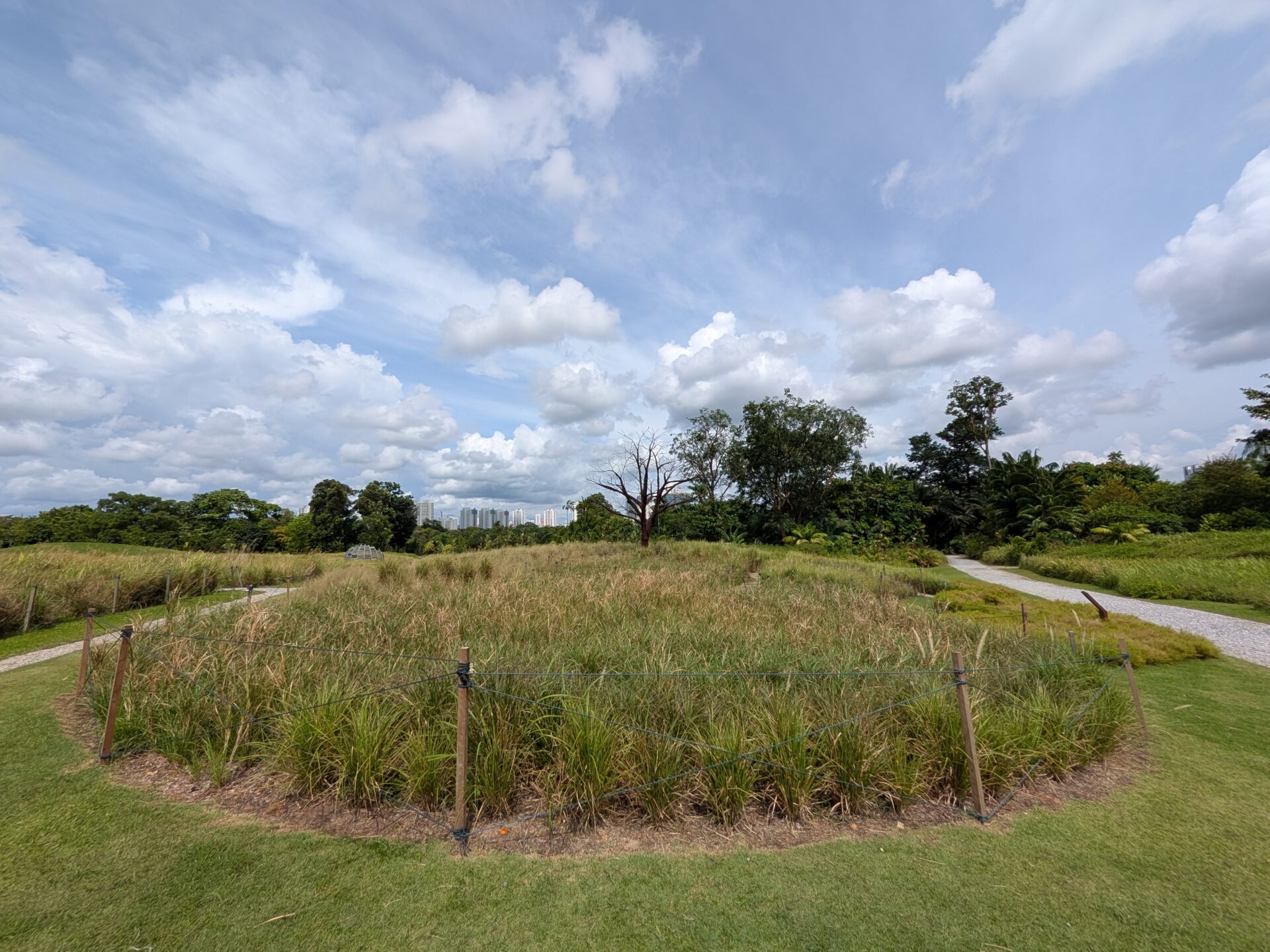
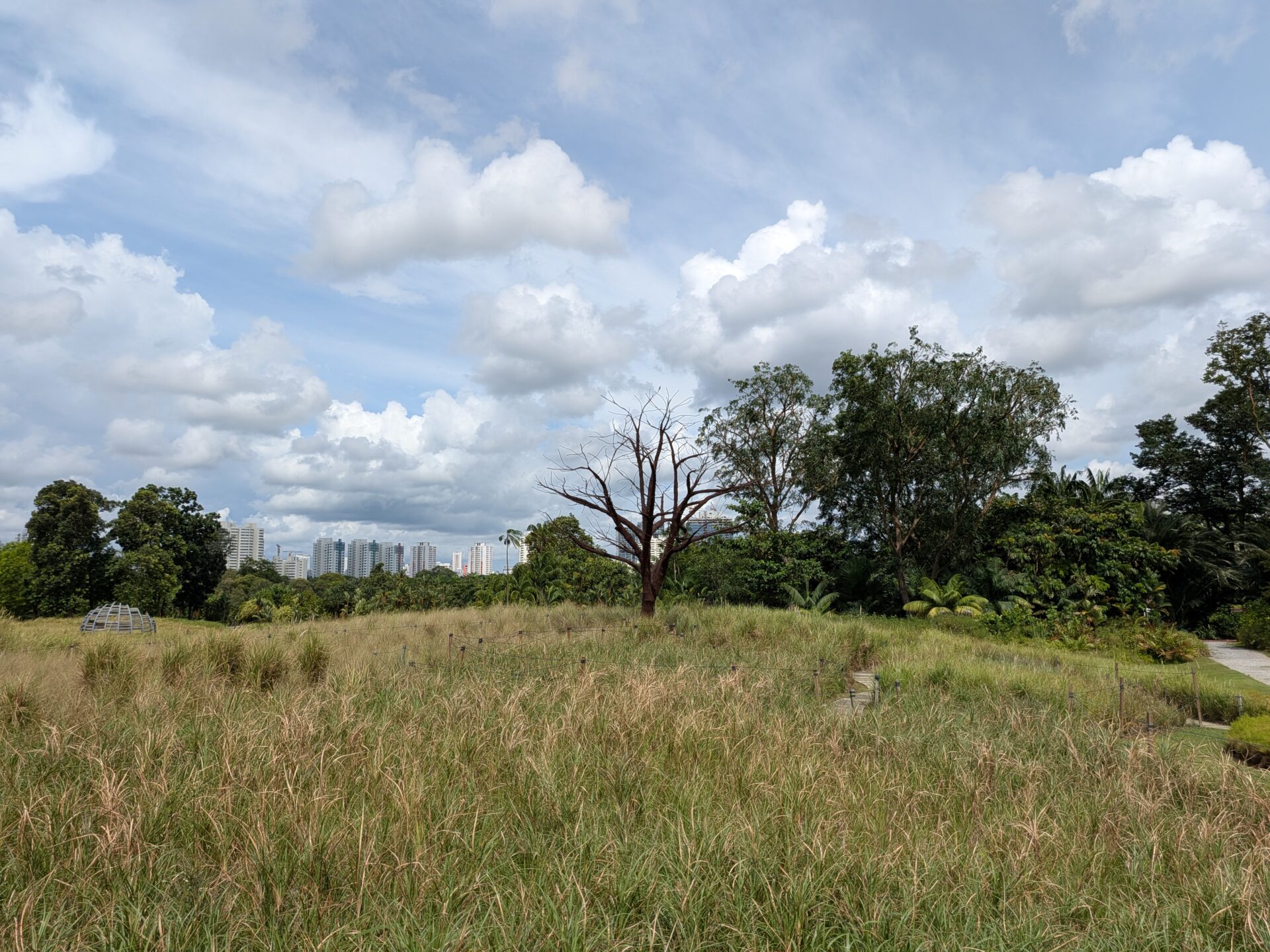
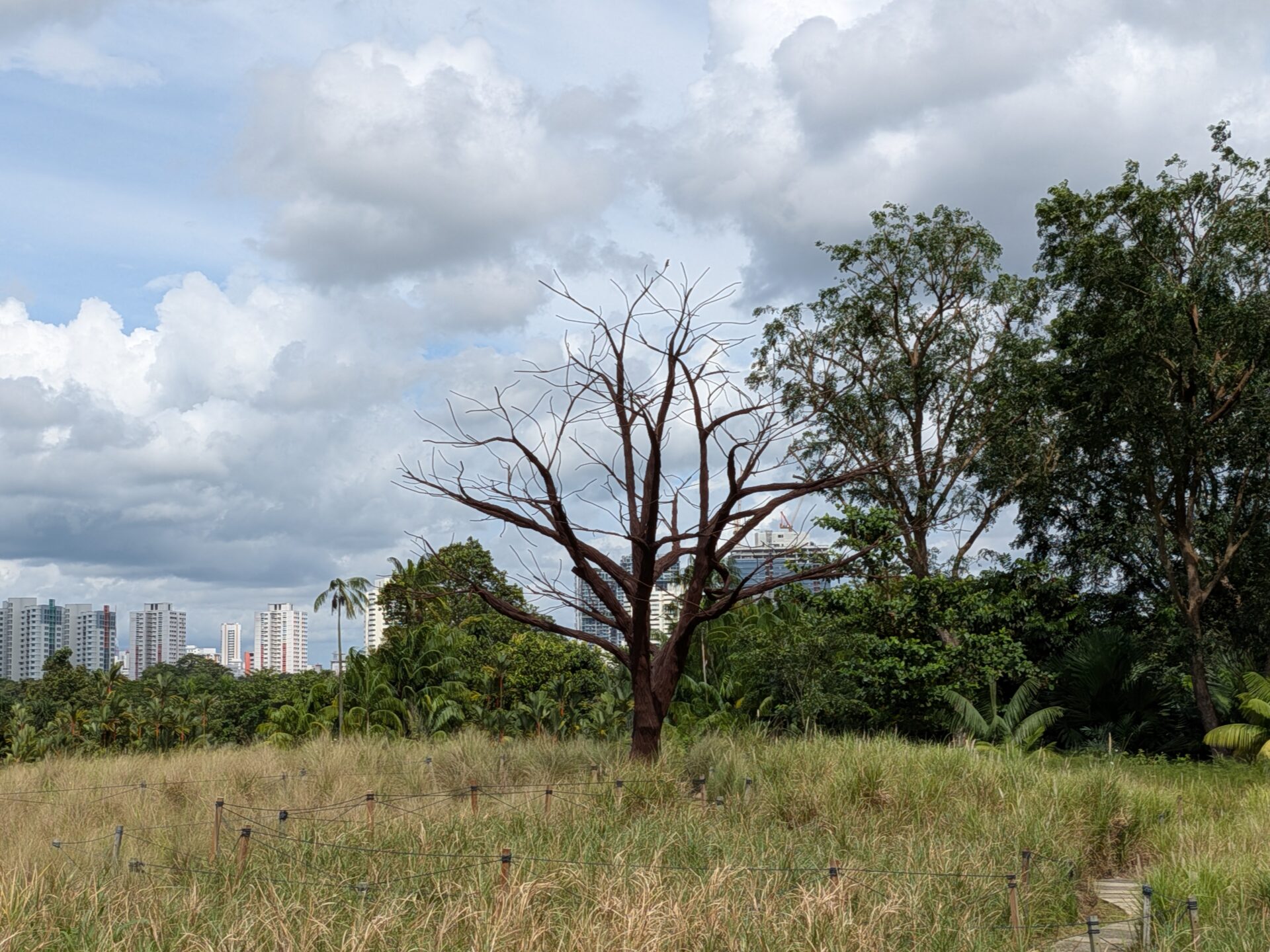
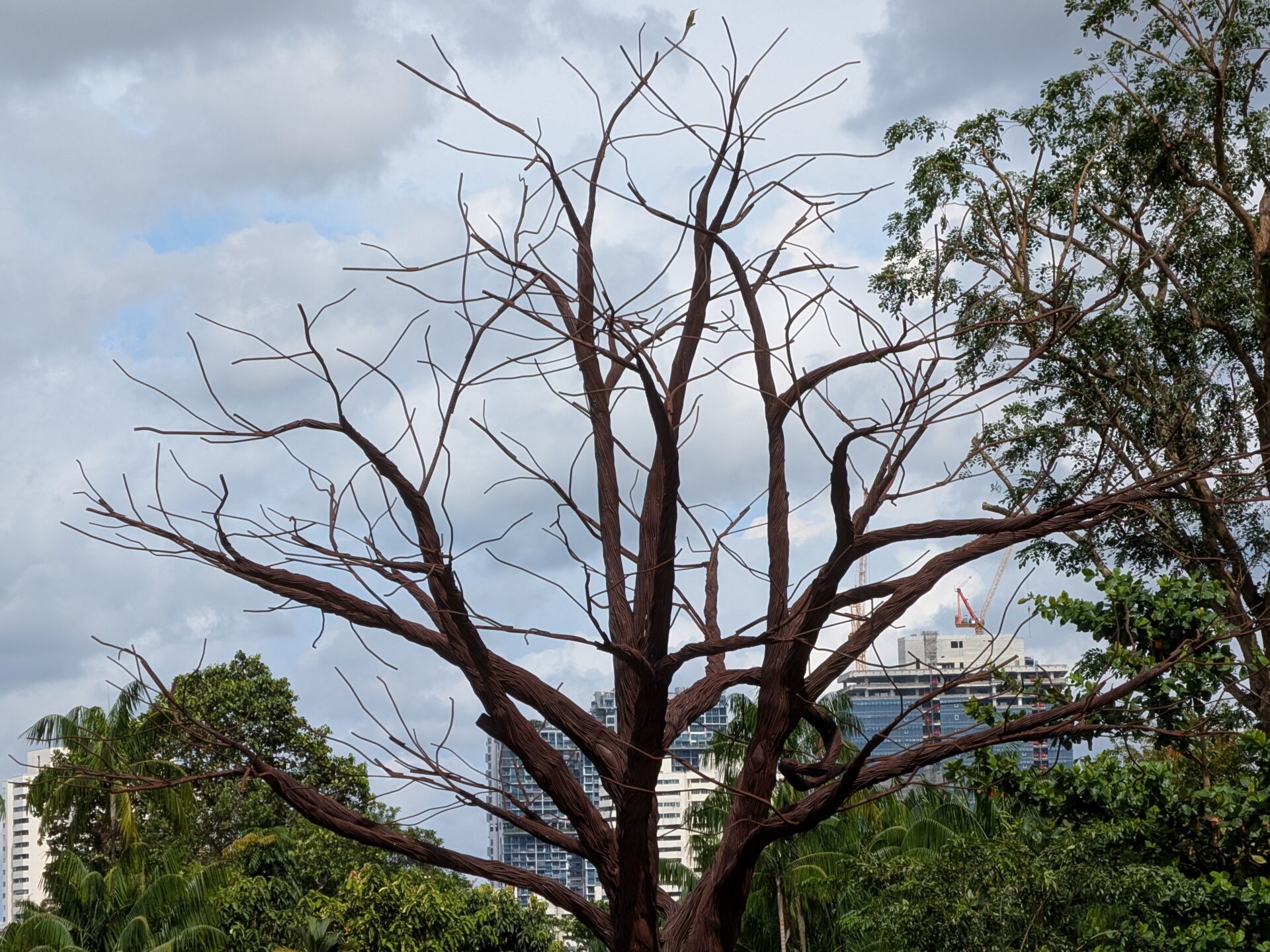
These shots of the lone tree at Jurong Lake Garden have good colour balance and beautiful renders of the sky. The 2x crop reveals limitations with detail, judging by the tree branches.
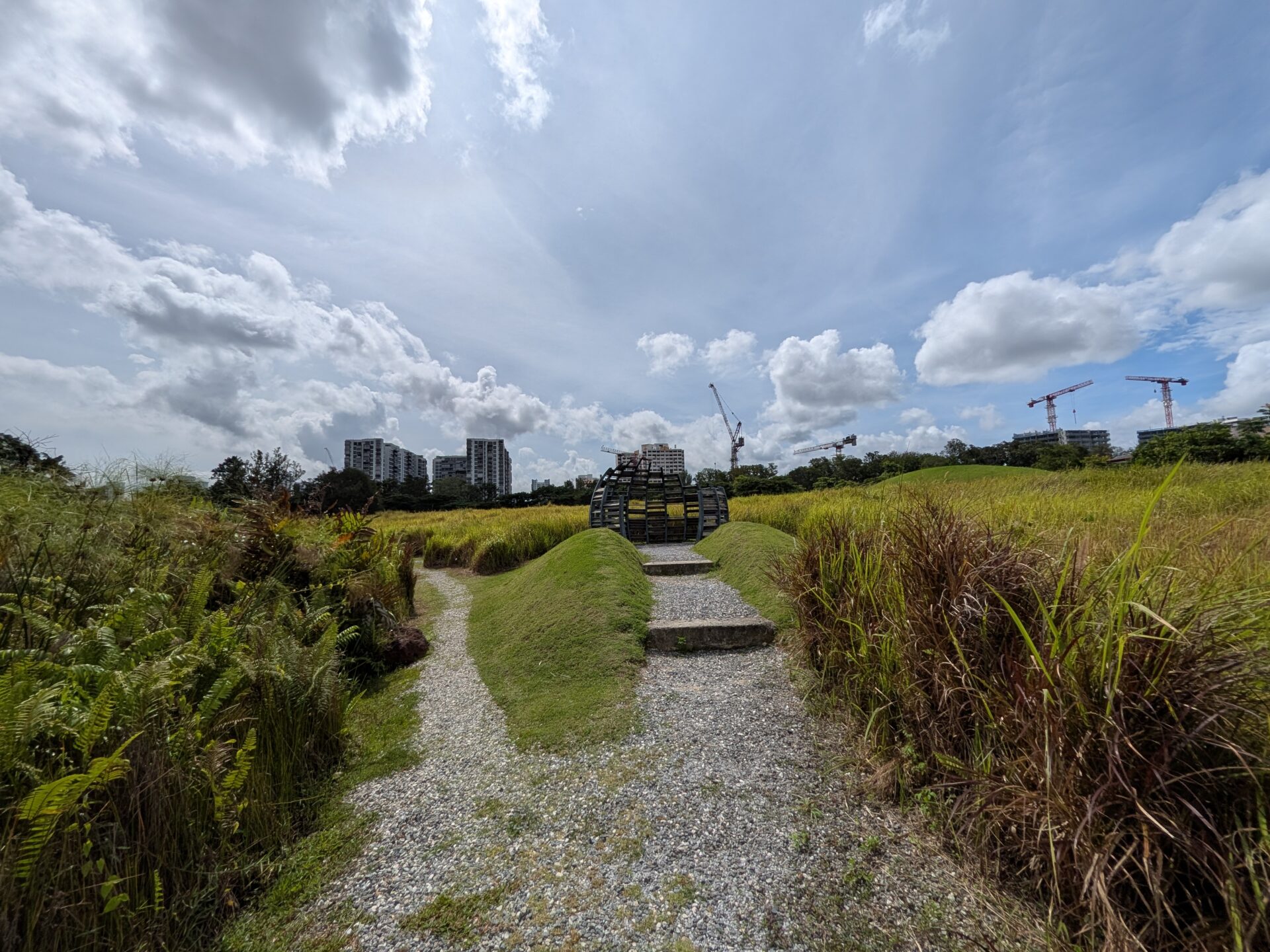
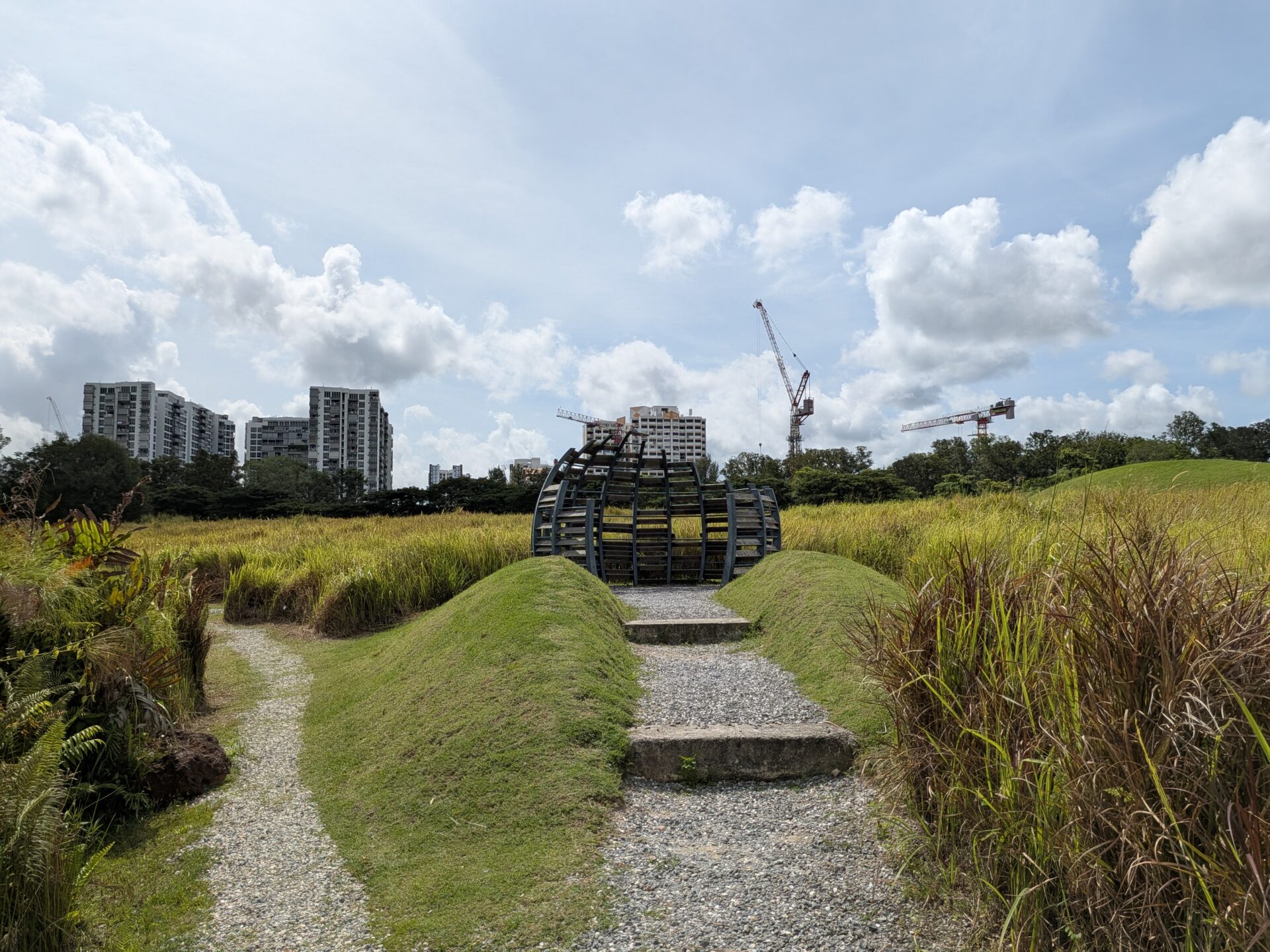


Also obvious are dramatic renders of the sky, and a bit of darkness on the ultrawide camera against the strong backlight. The wide shot turns out great. The 5x telephoto shot is clear, but feels a little washed out.
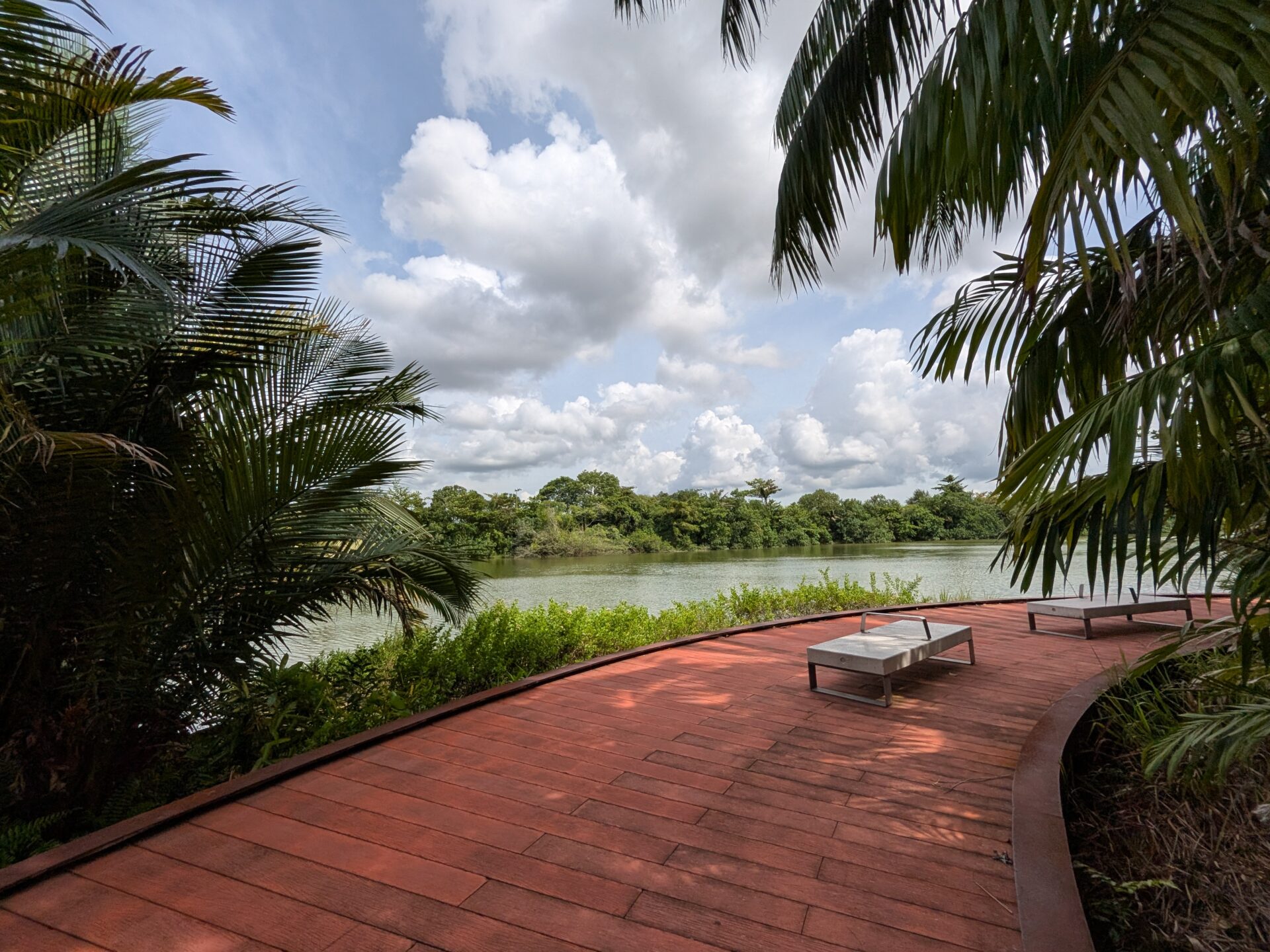
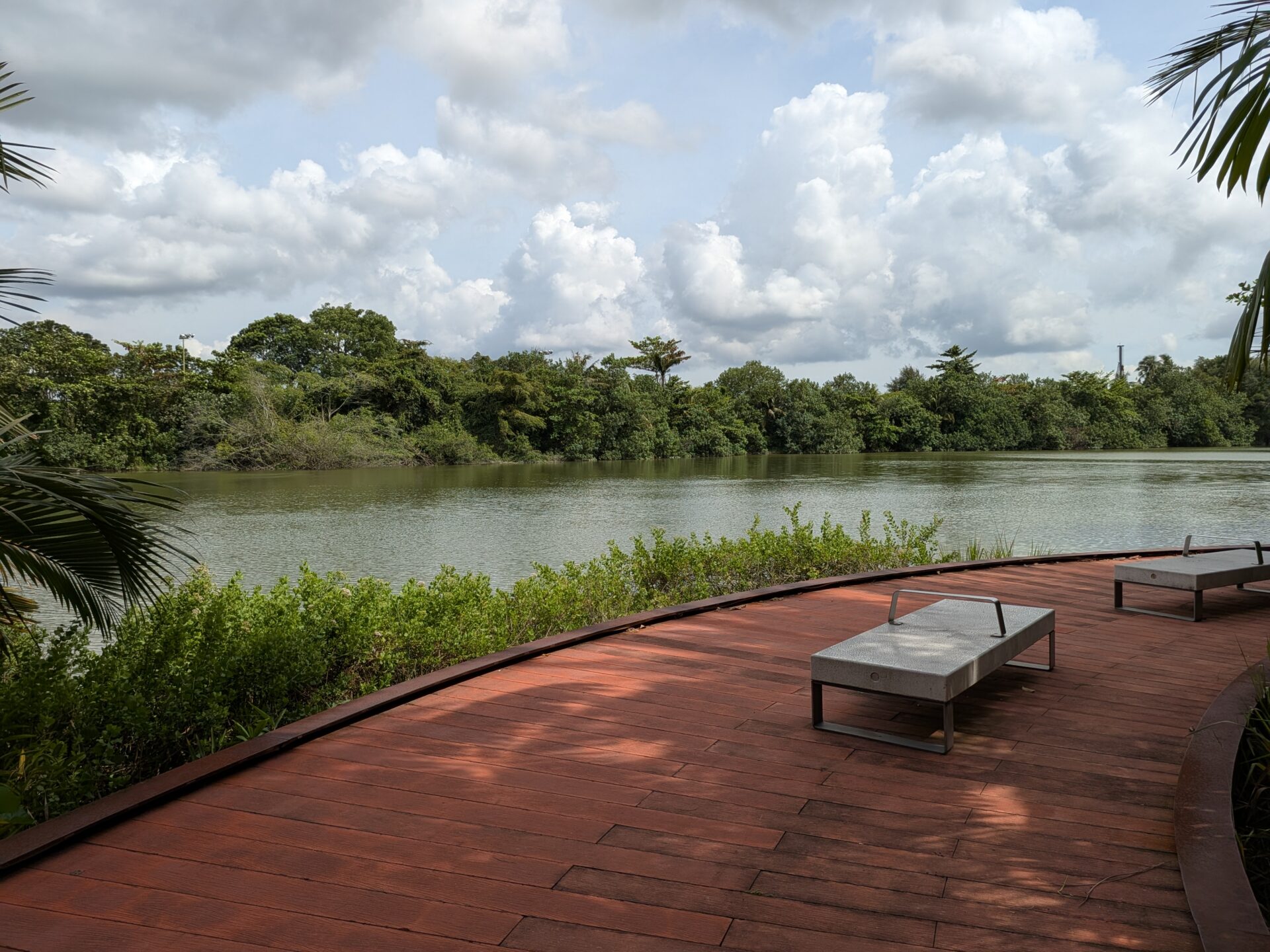
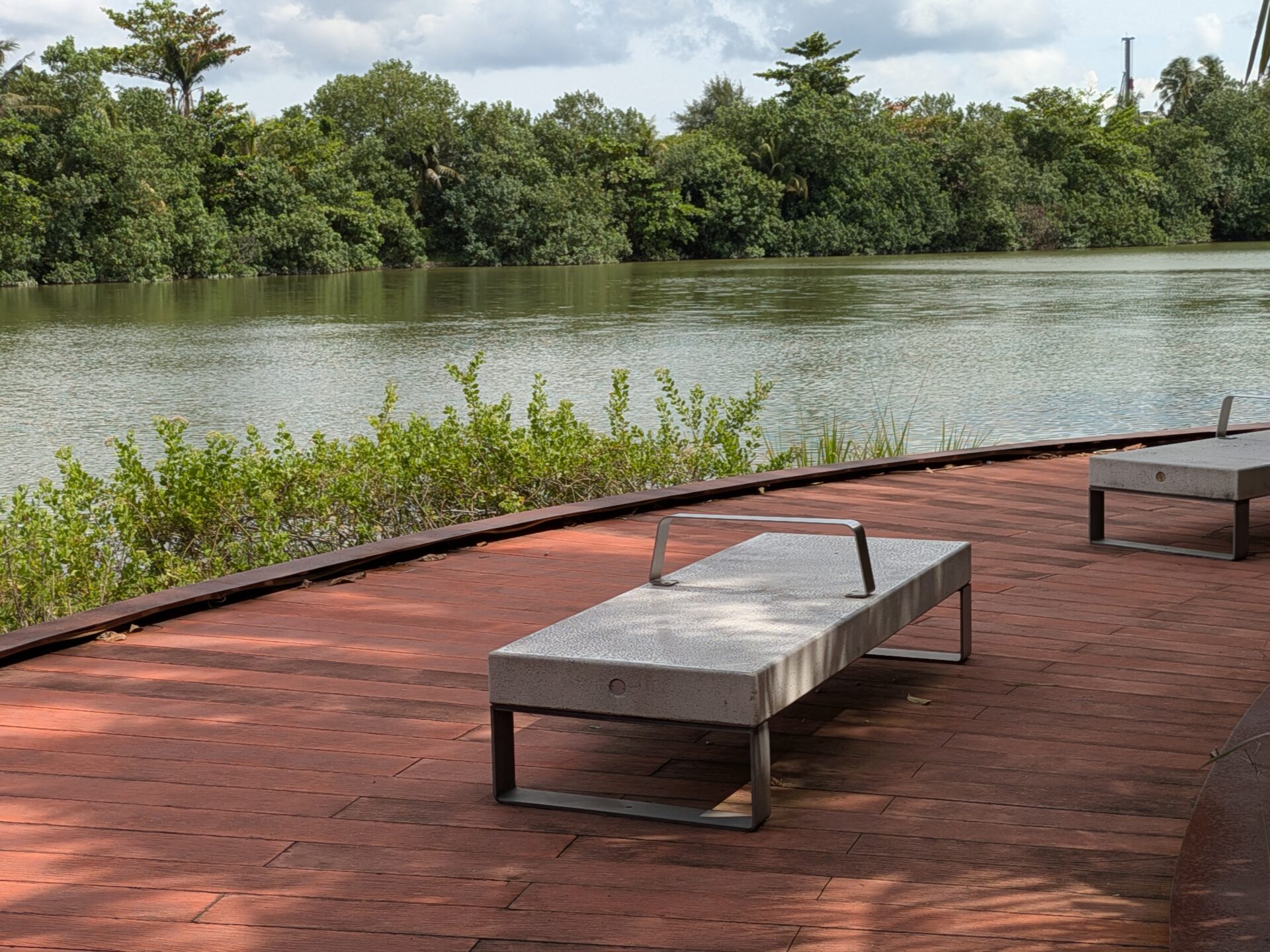
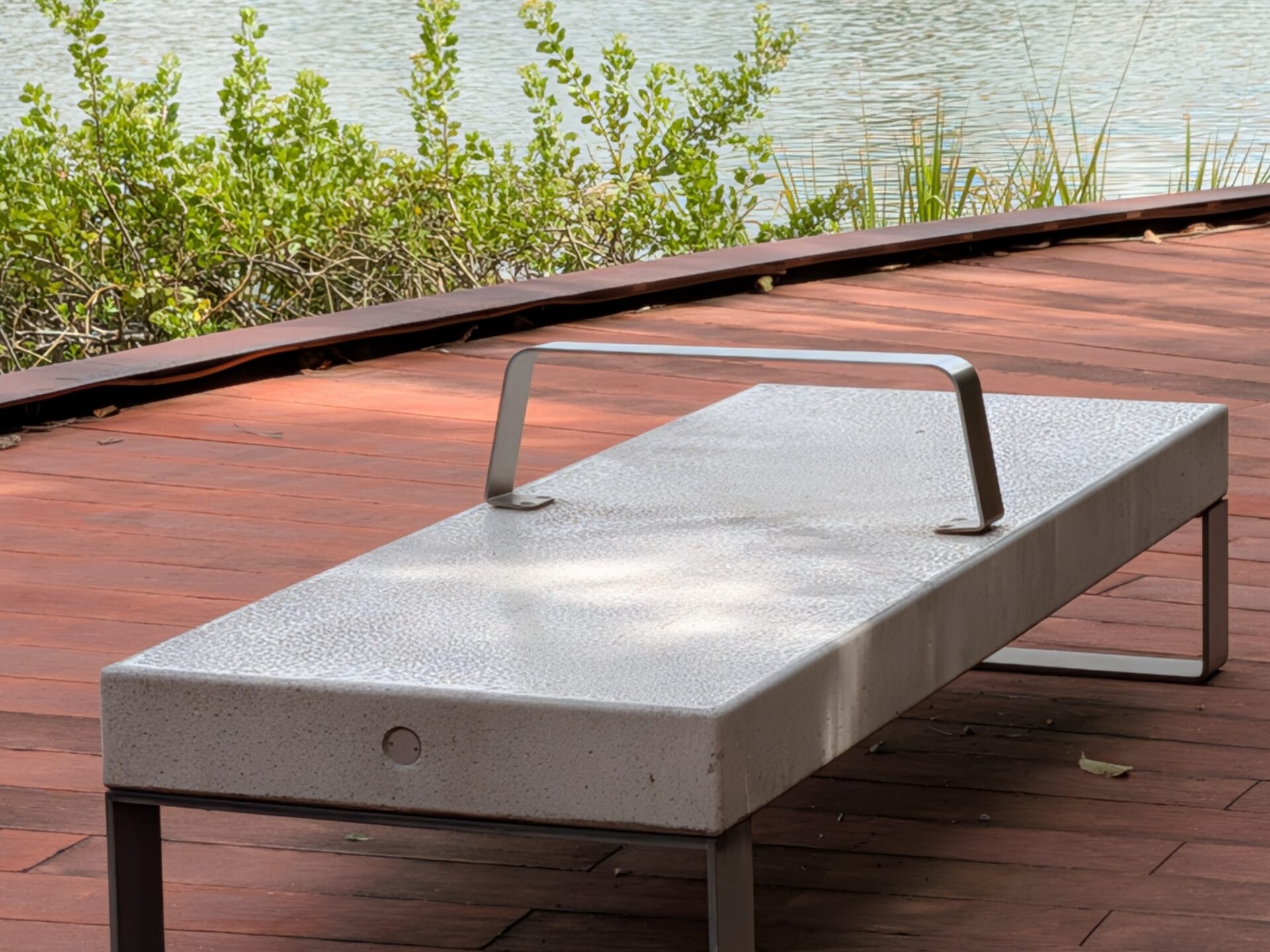
Still very good shots here, but the darkness on the ultrawide shot is a little too pronounced, and the lack of detail on the shrubbery right next to the water’s edge is rather obvious at 5x.
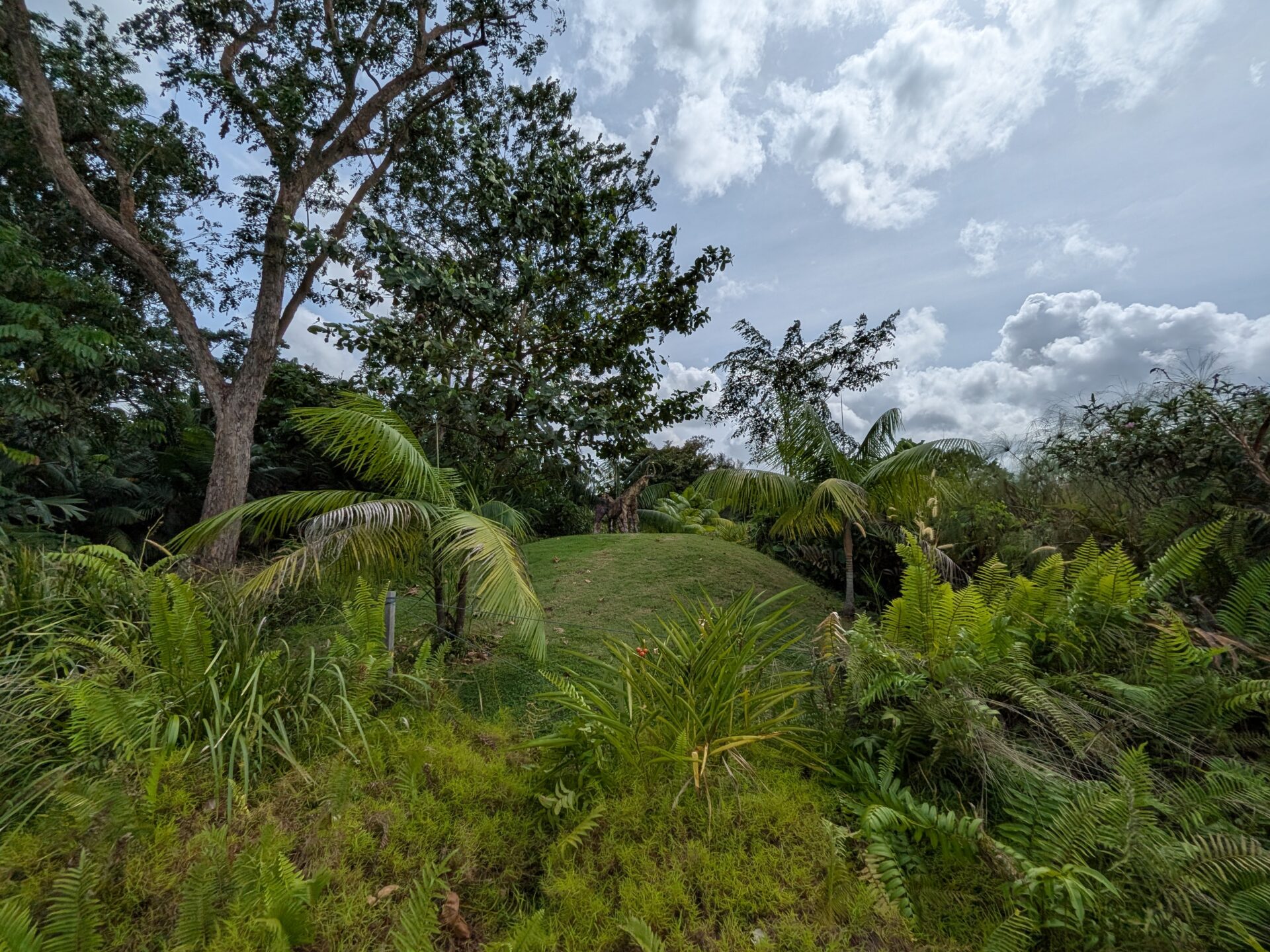
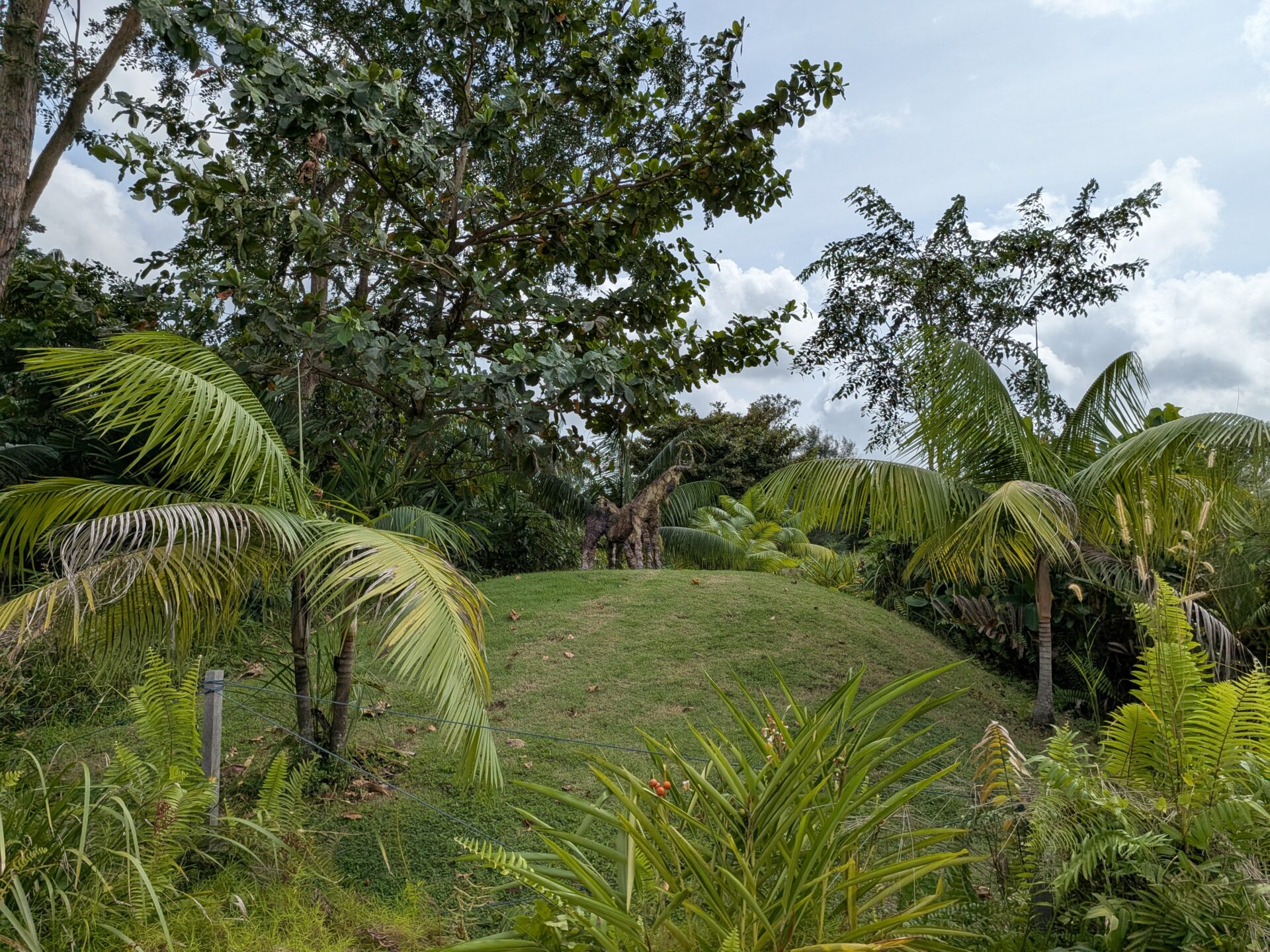
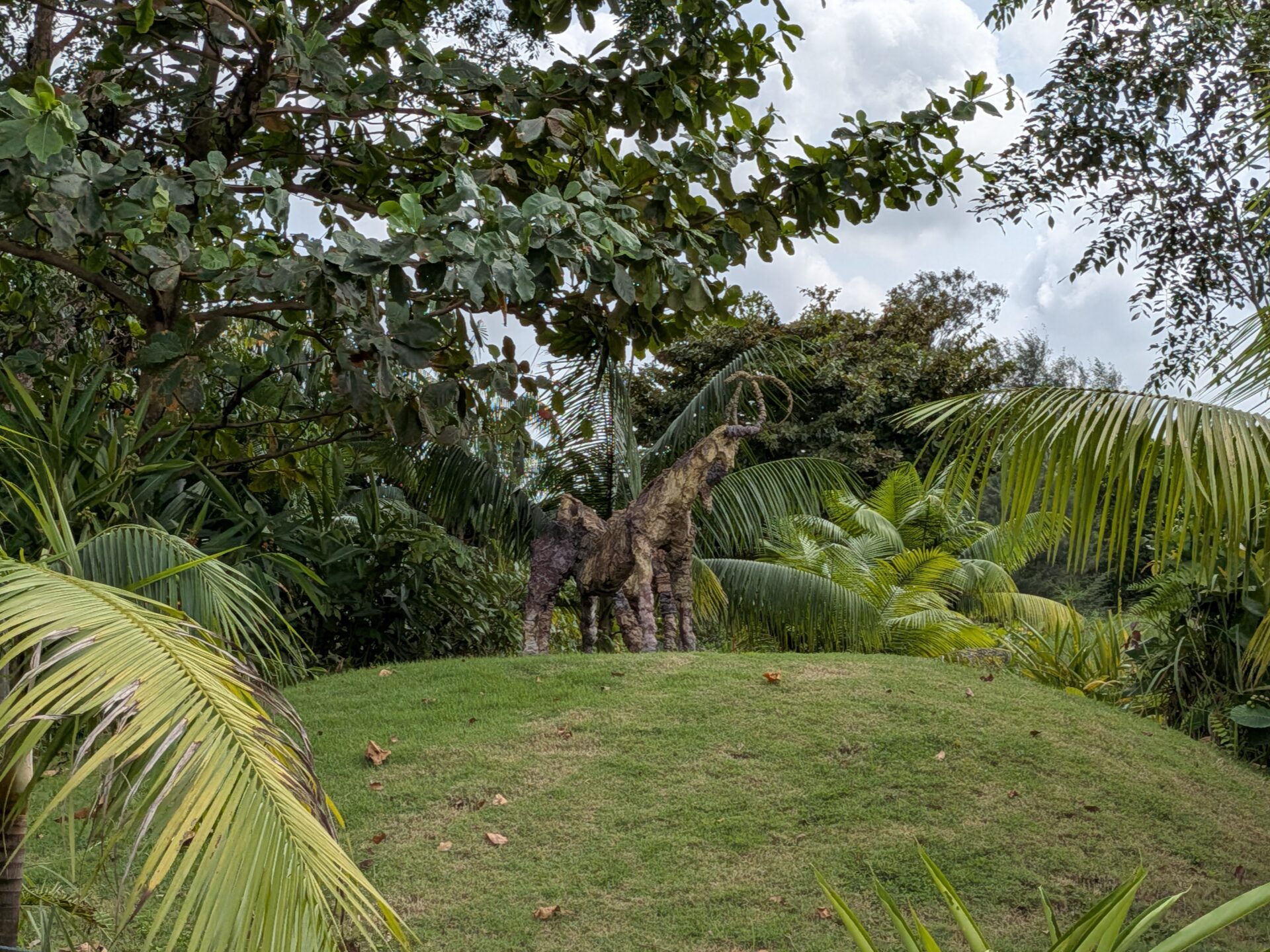

Revisiting the mythical goats overlooking the Jurong Lake Gardens grasslands, the ultrawide shot looks a little too cool and dark, while the 5x has some struggles with purple fringing and detail.
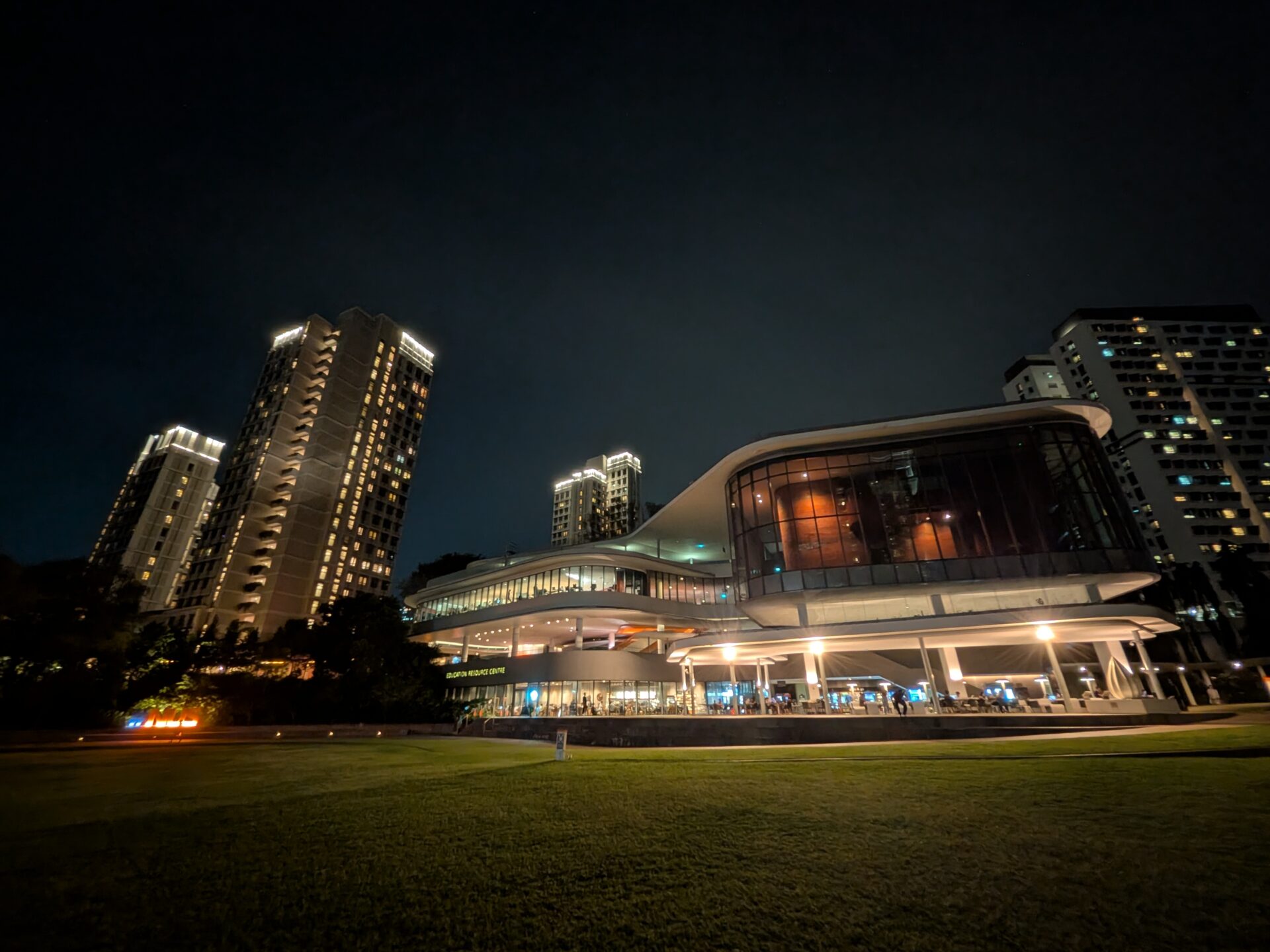
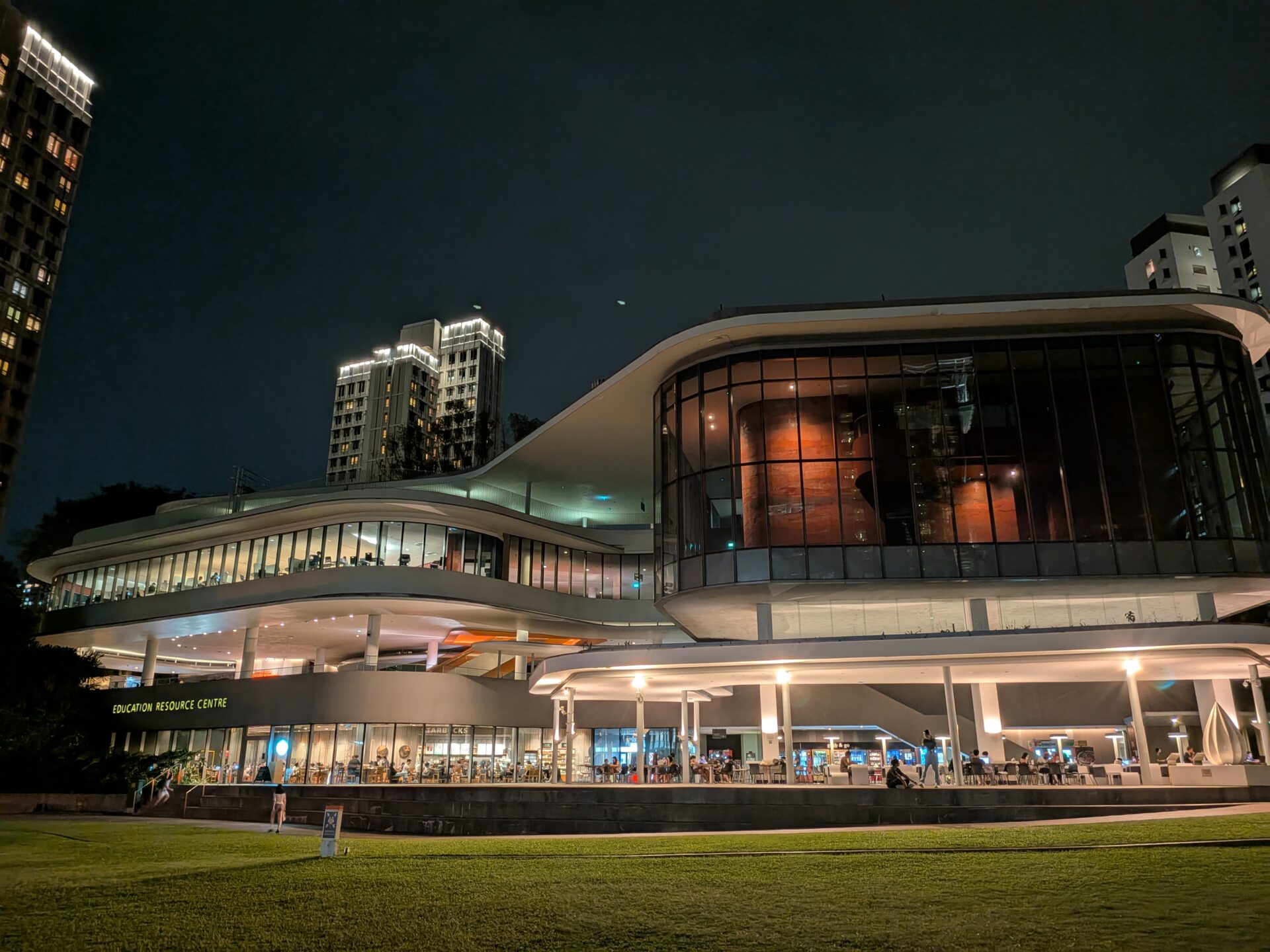
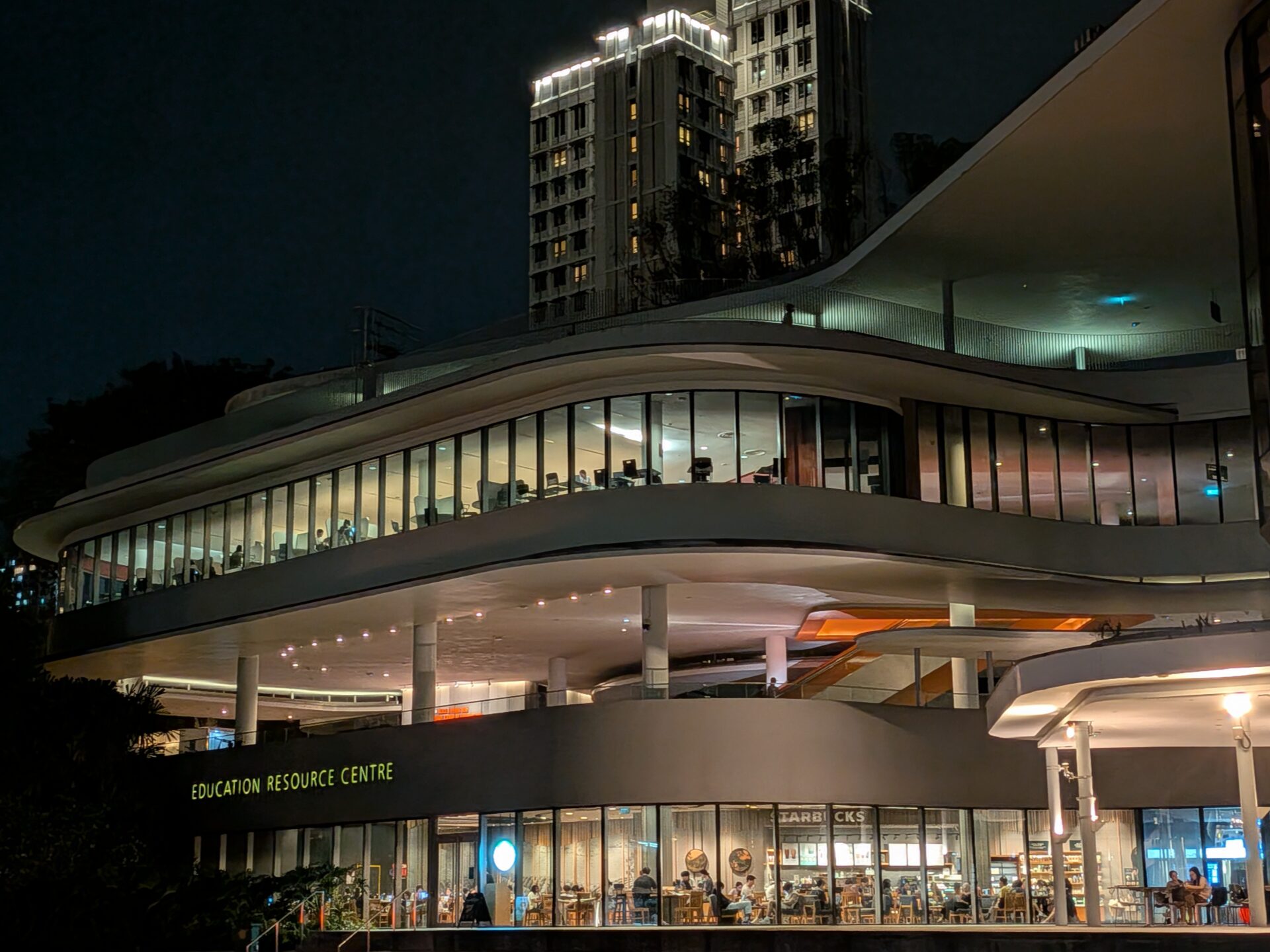
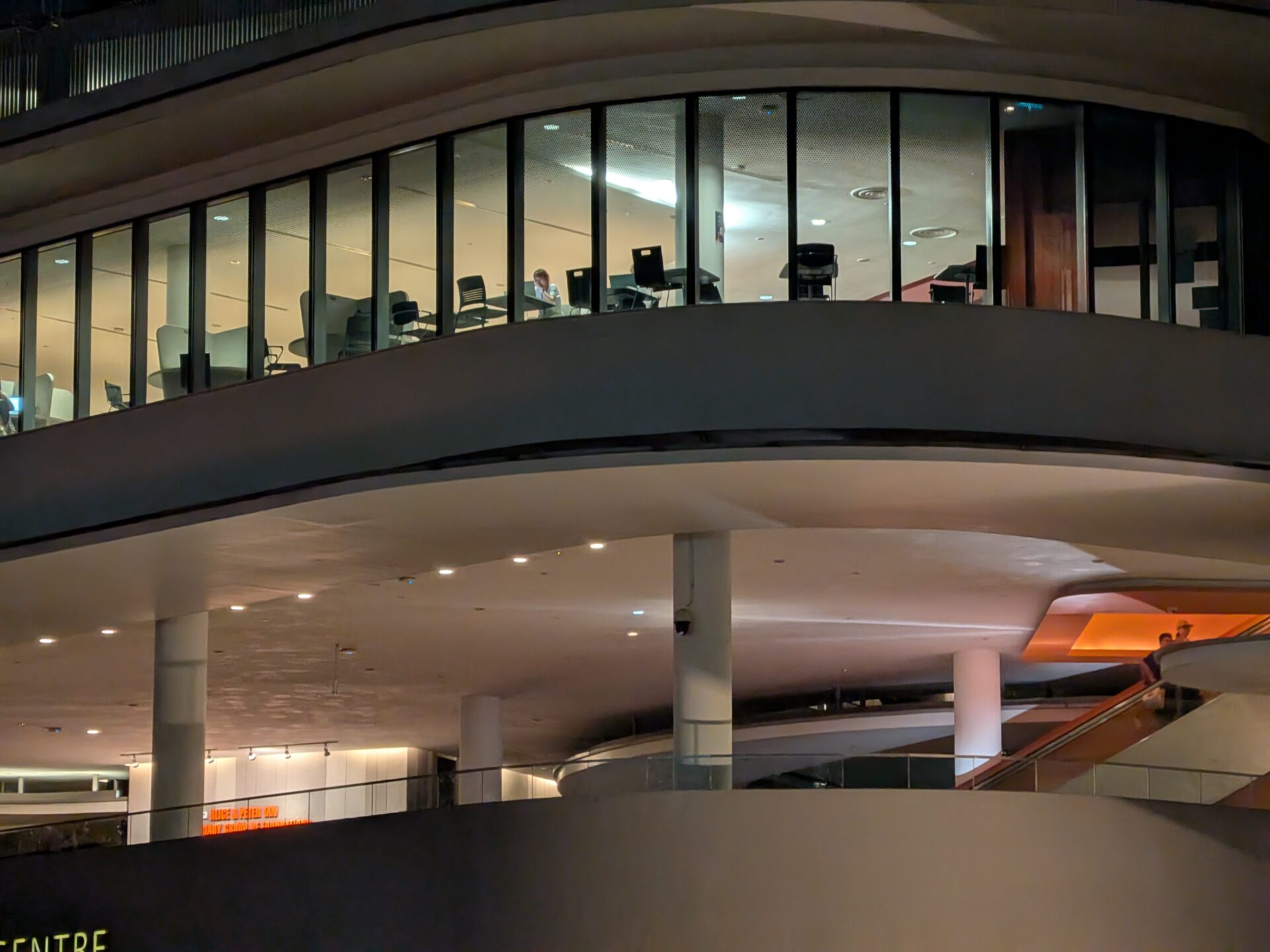
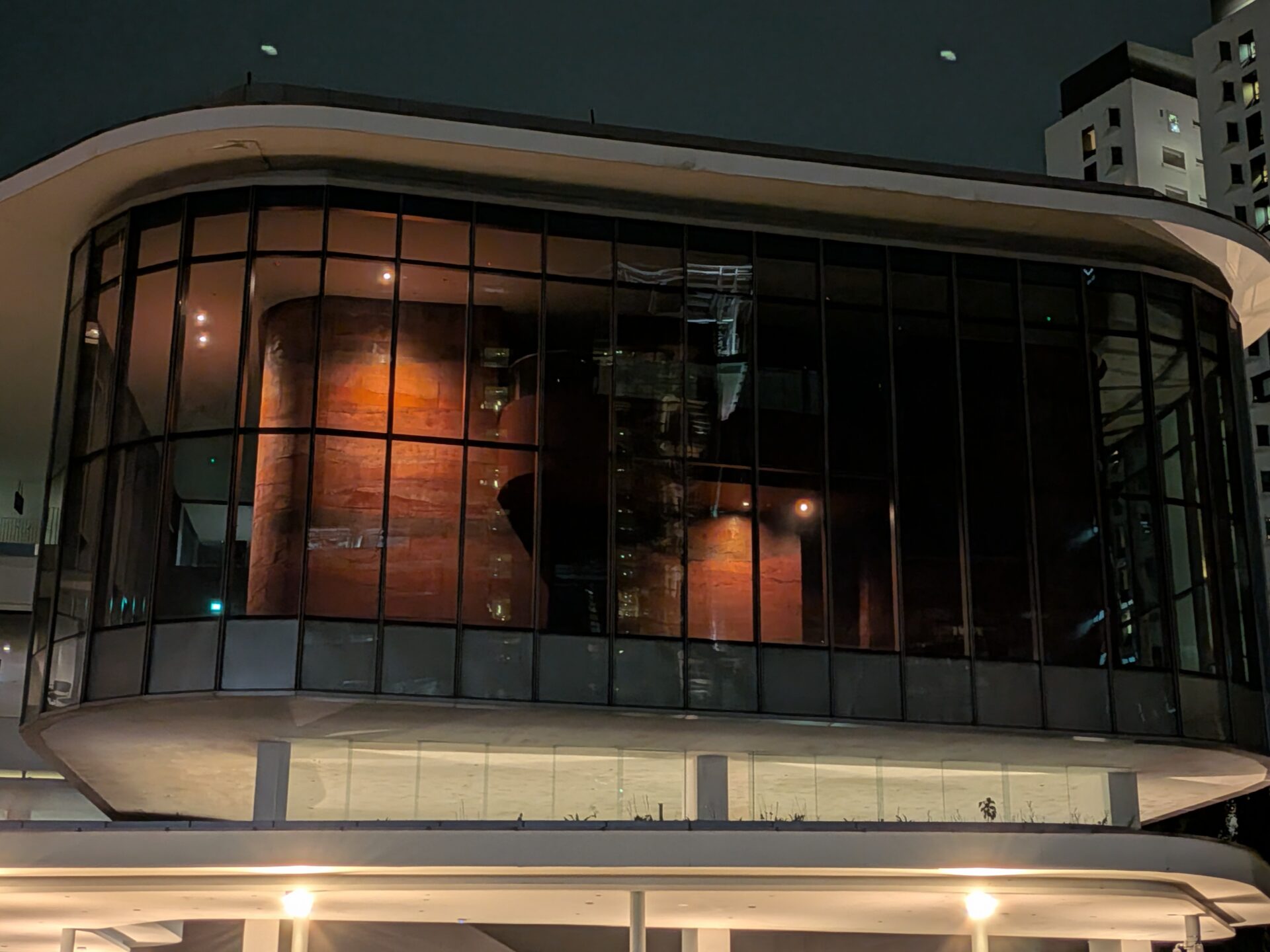

Turning to University Town, the lack of detail in the ultrawide camera is apparent. The wide shot is much sharper in comparison, with nice colours. The 5x shot of the Education Resource Centre is good, but the colour balance is off for the same camera capturing the theatre.
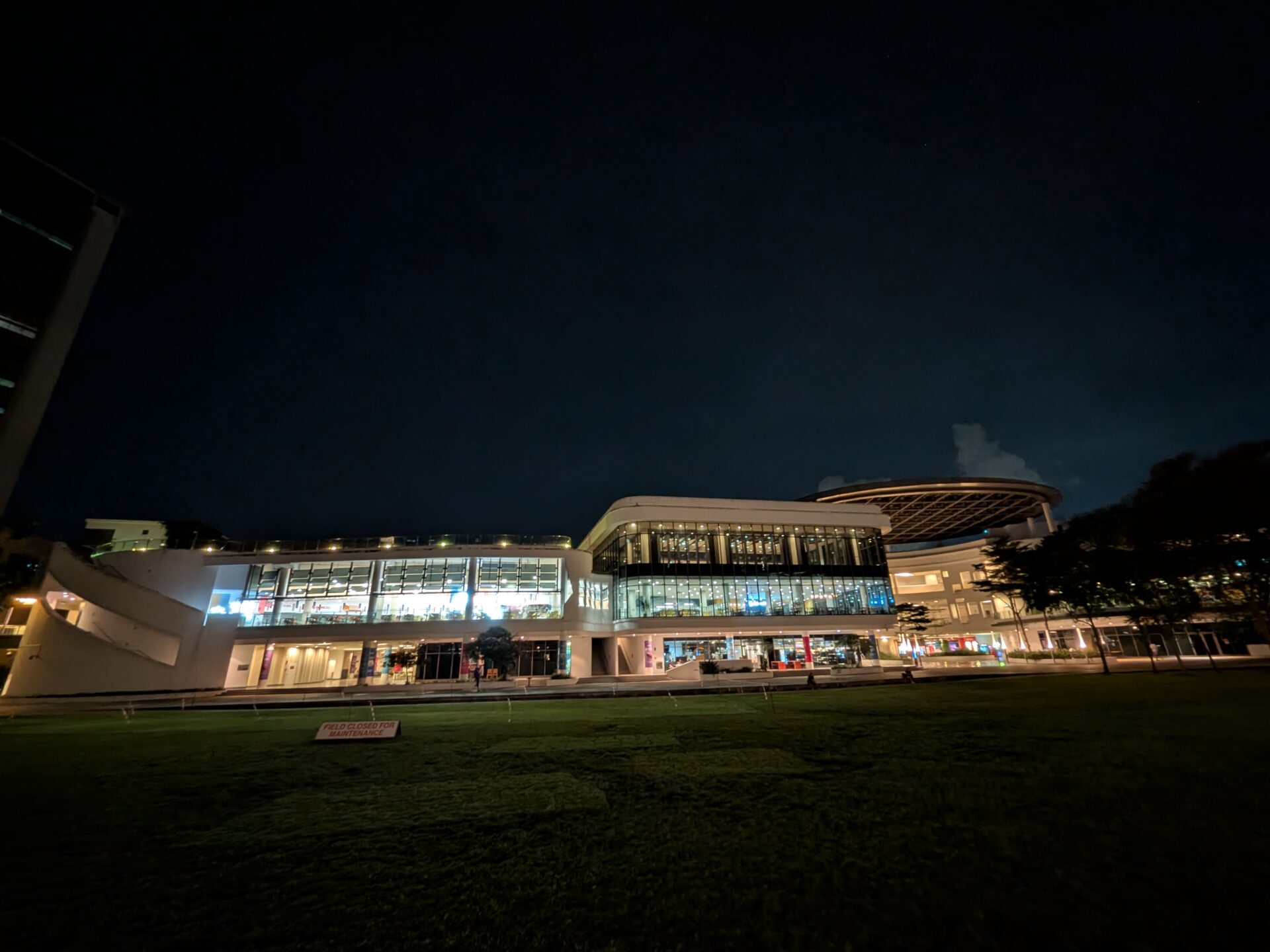
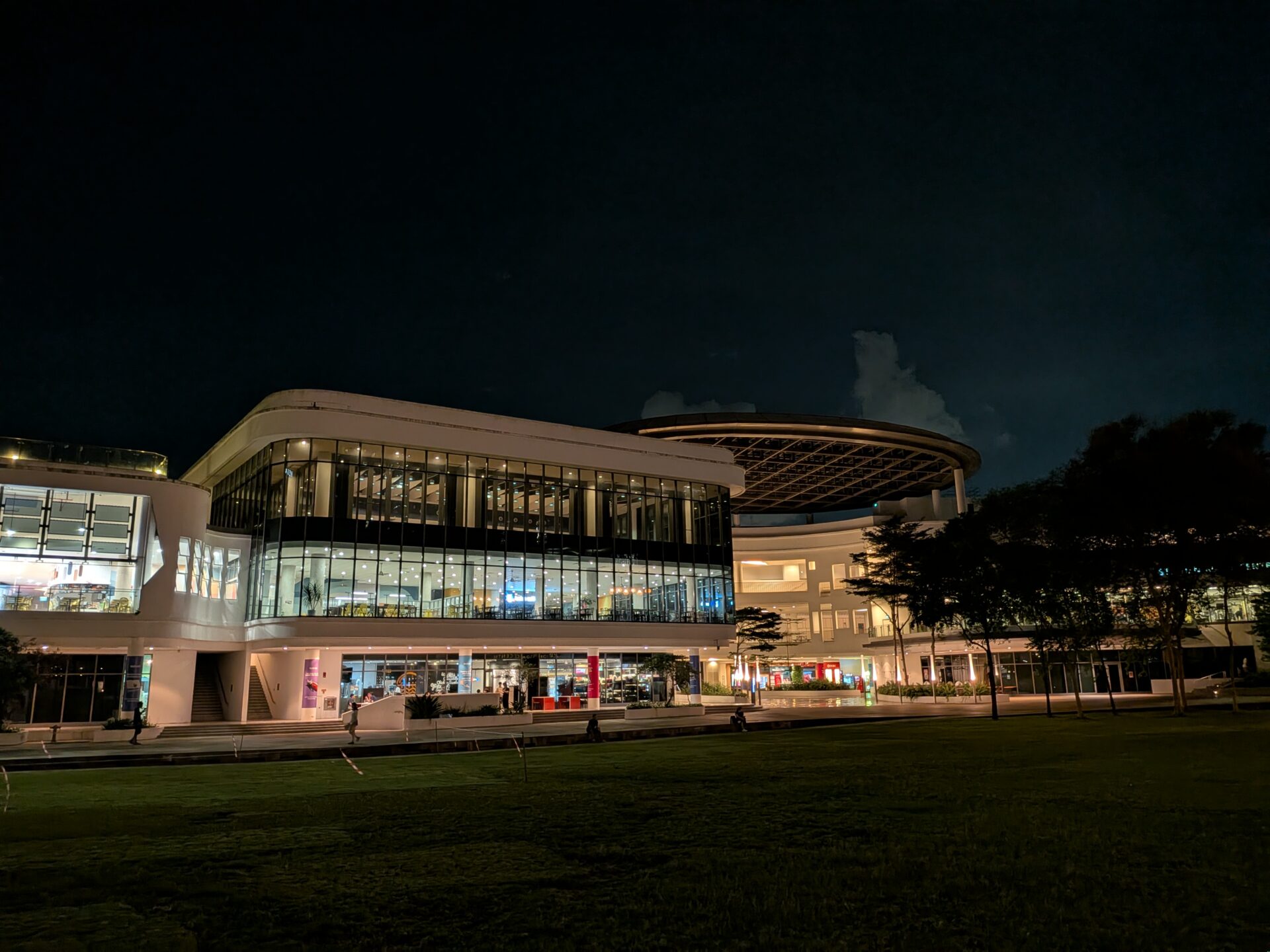
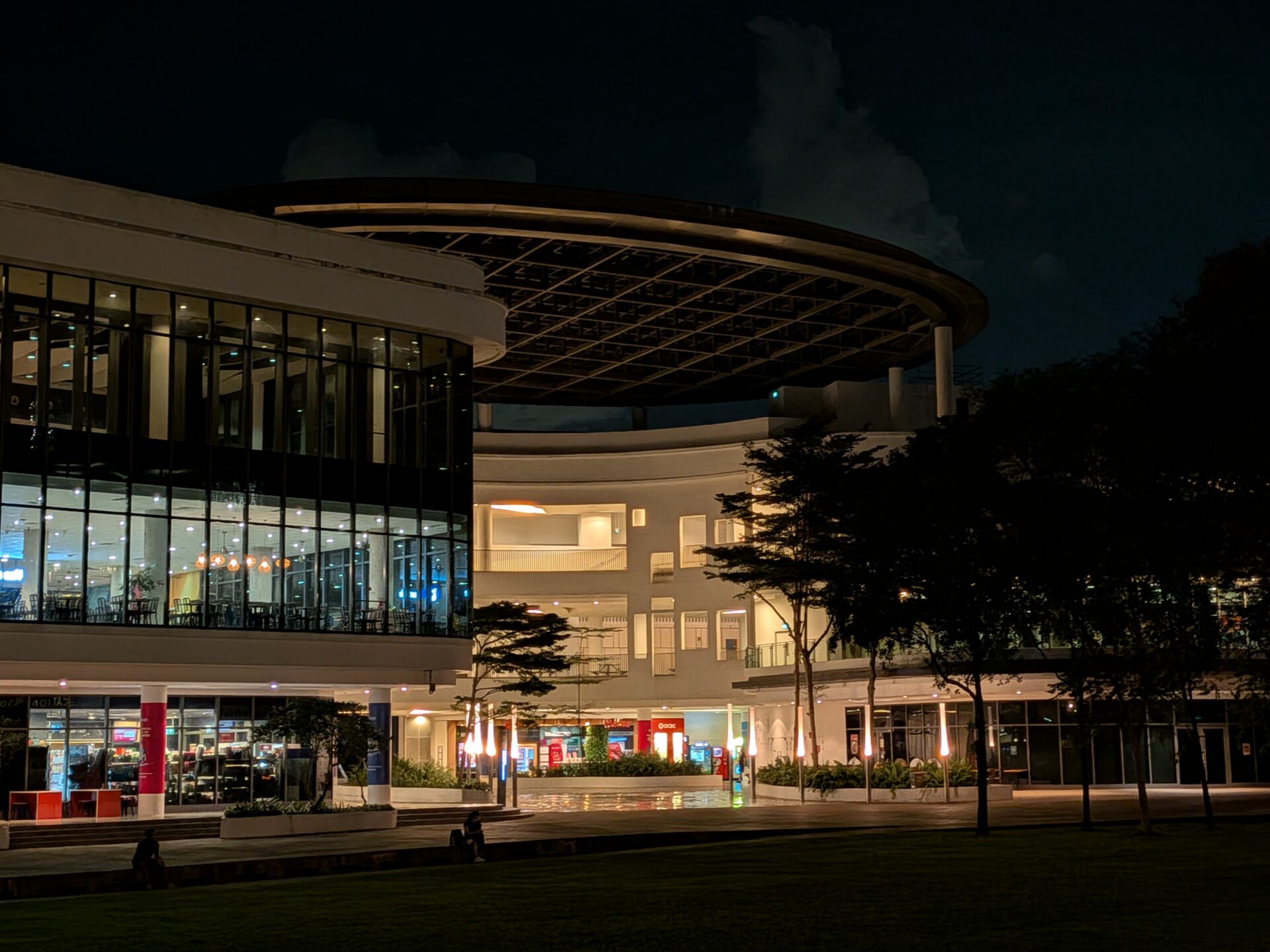
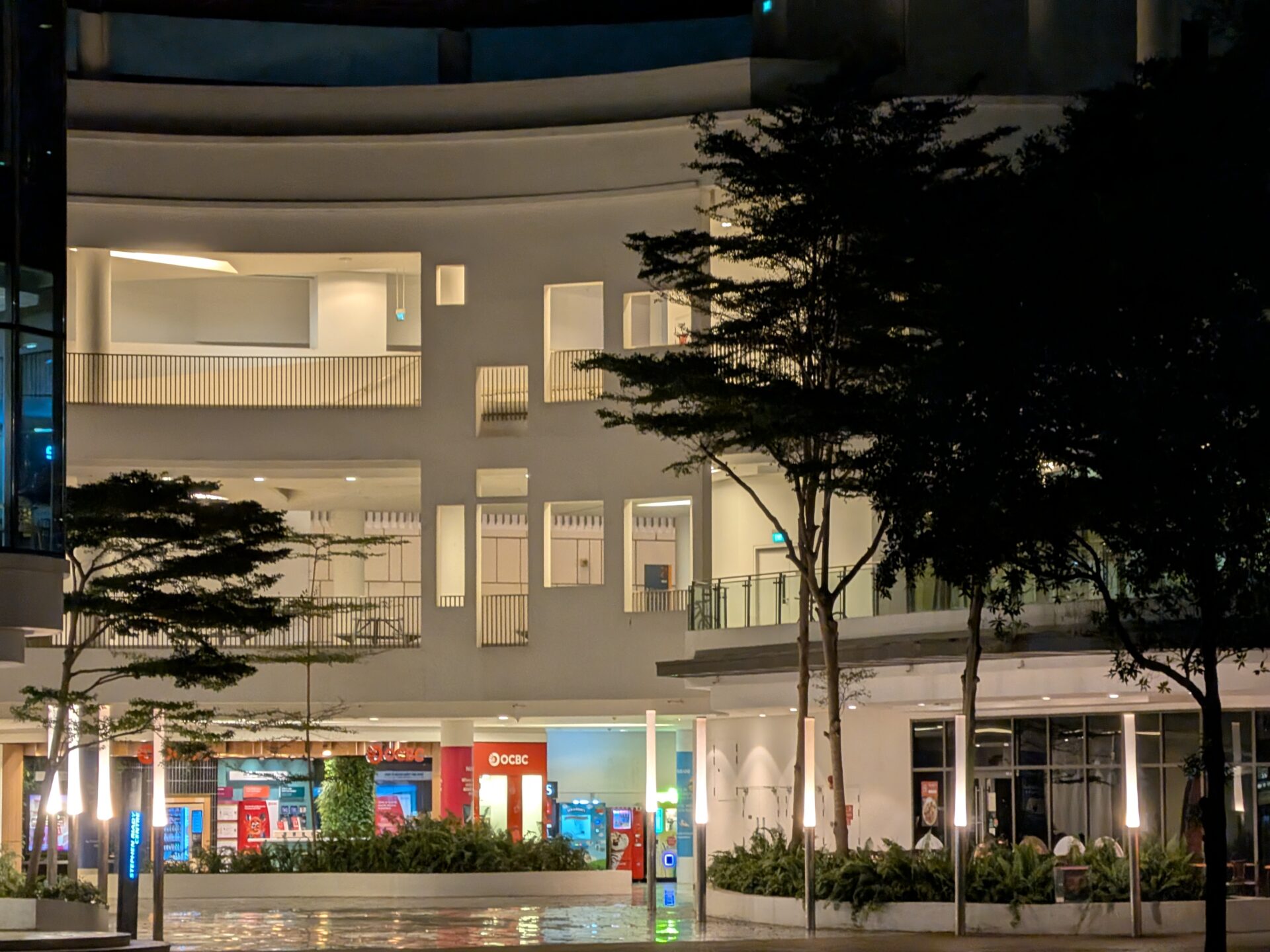
The verdict is pretty similar for this series of shots. Ultrawide shots can do better with more detail, wide shots appear sharp and colour-accurate, while telephoto shots are pretty good, considering the conditions.
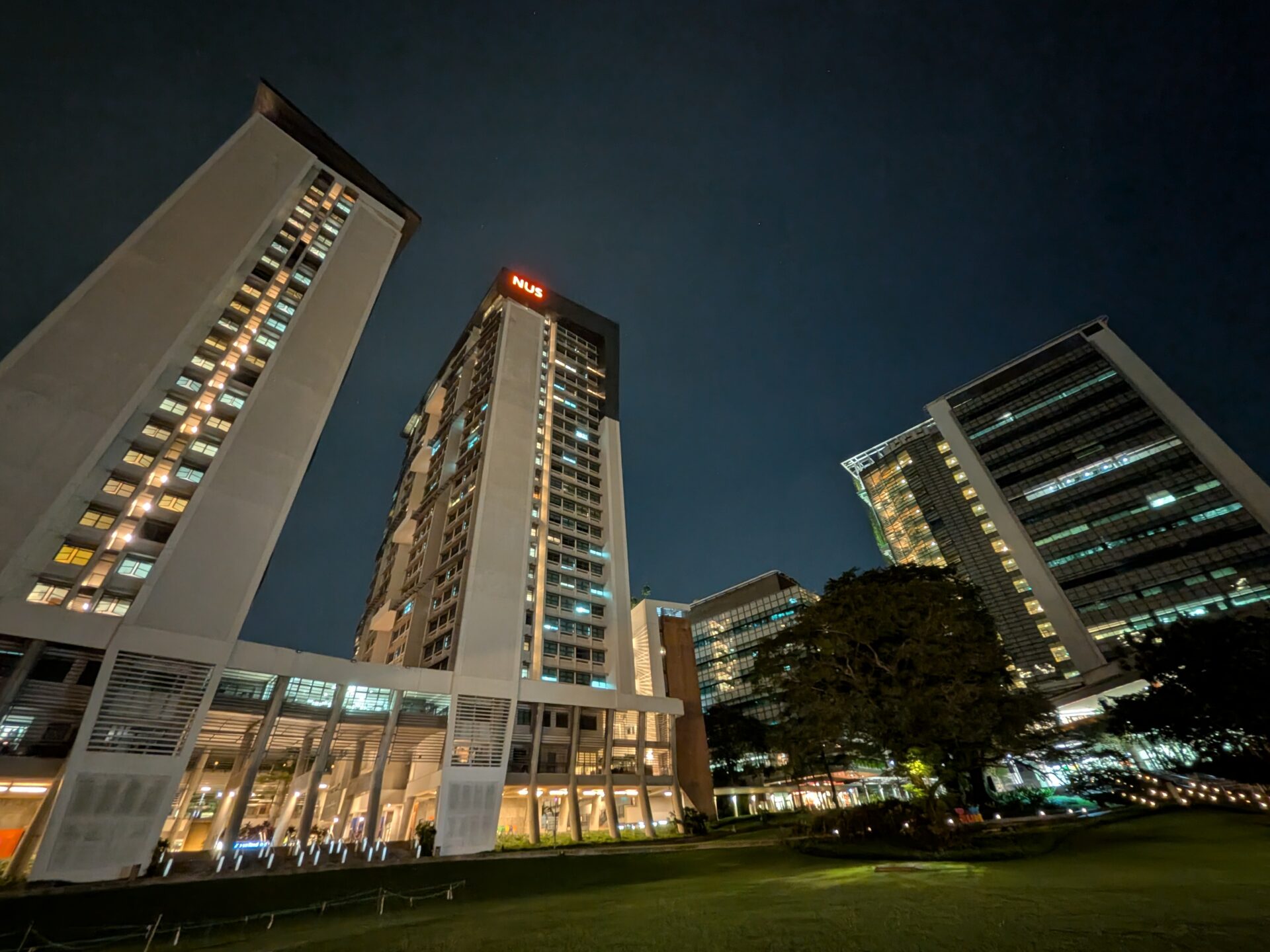
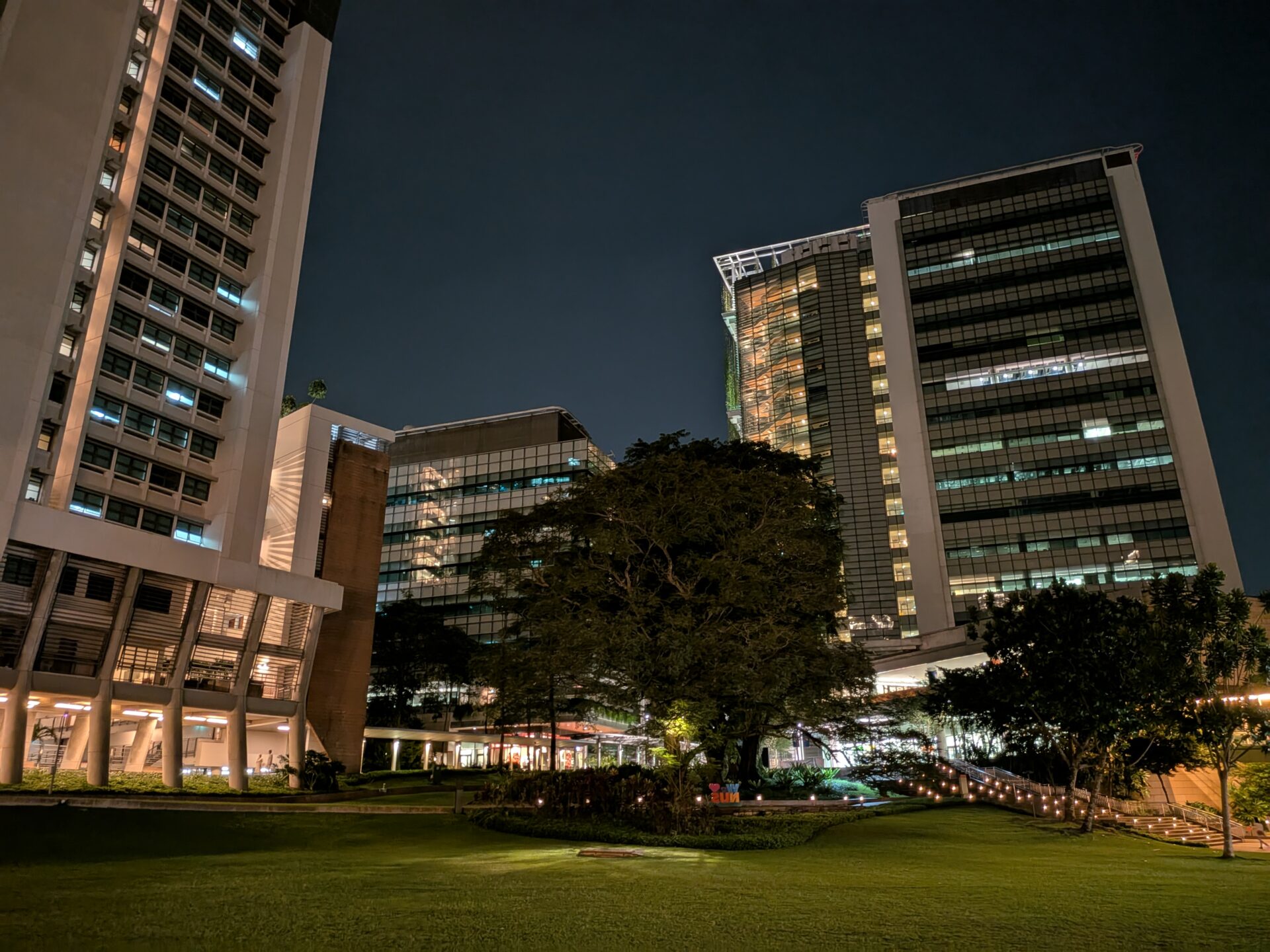
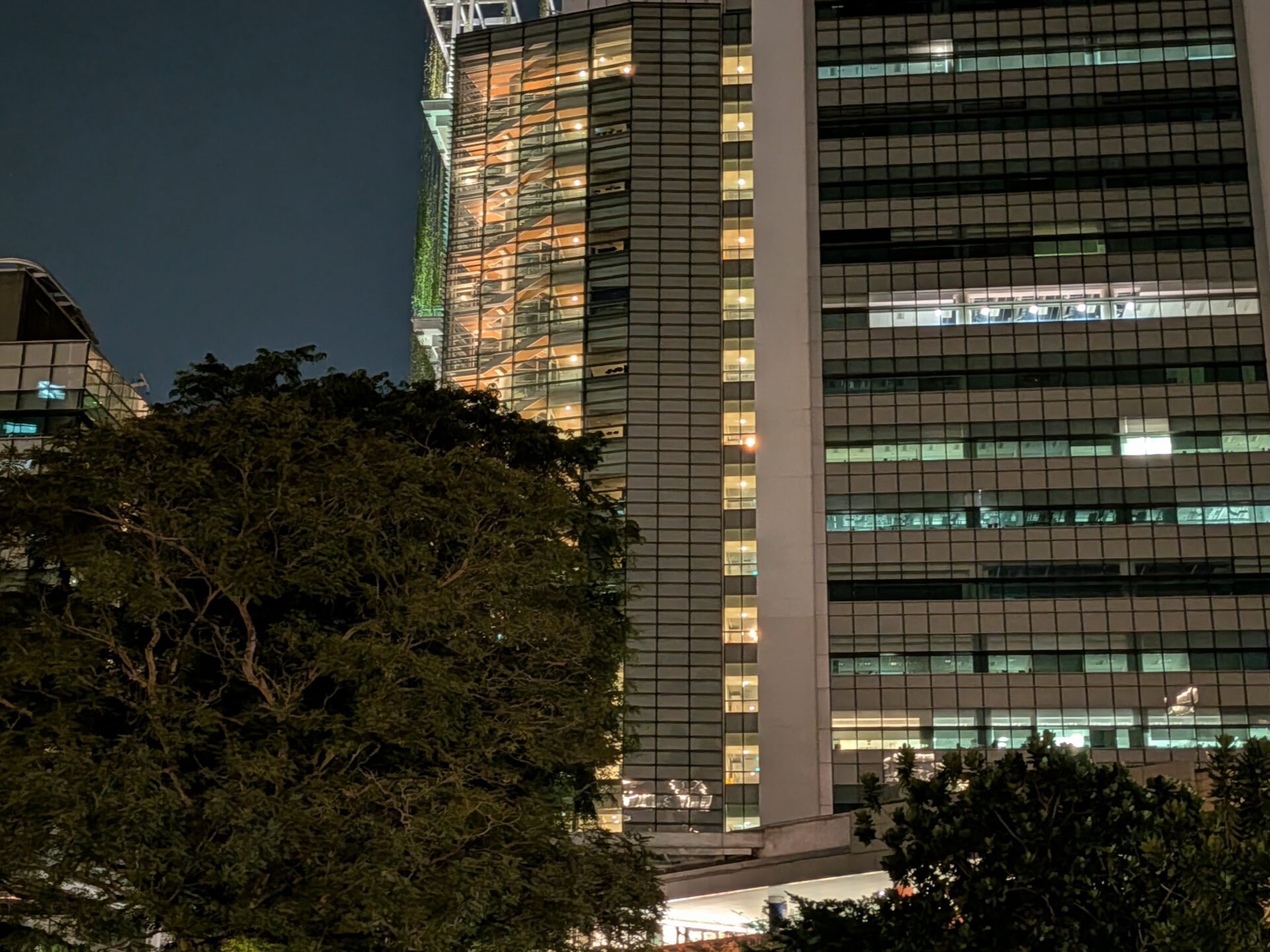
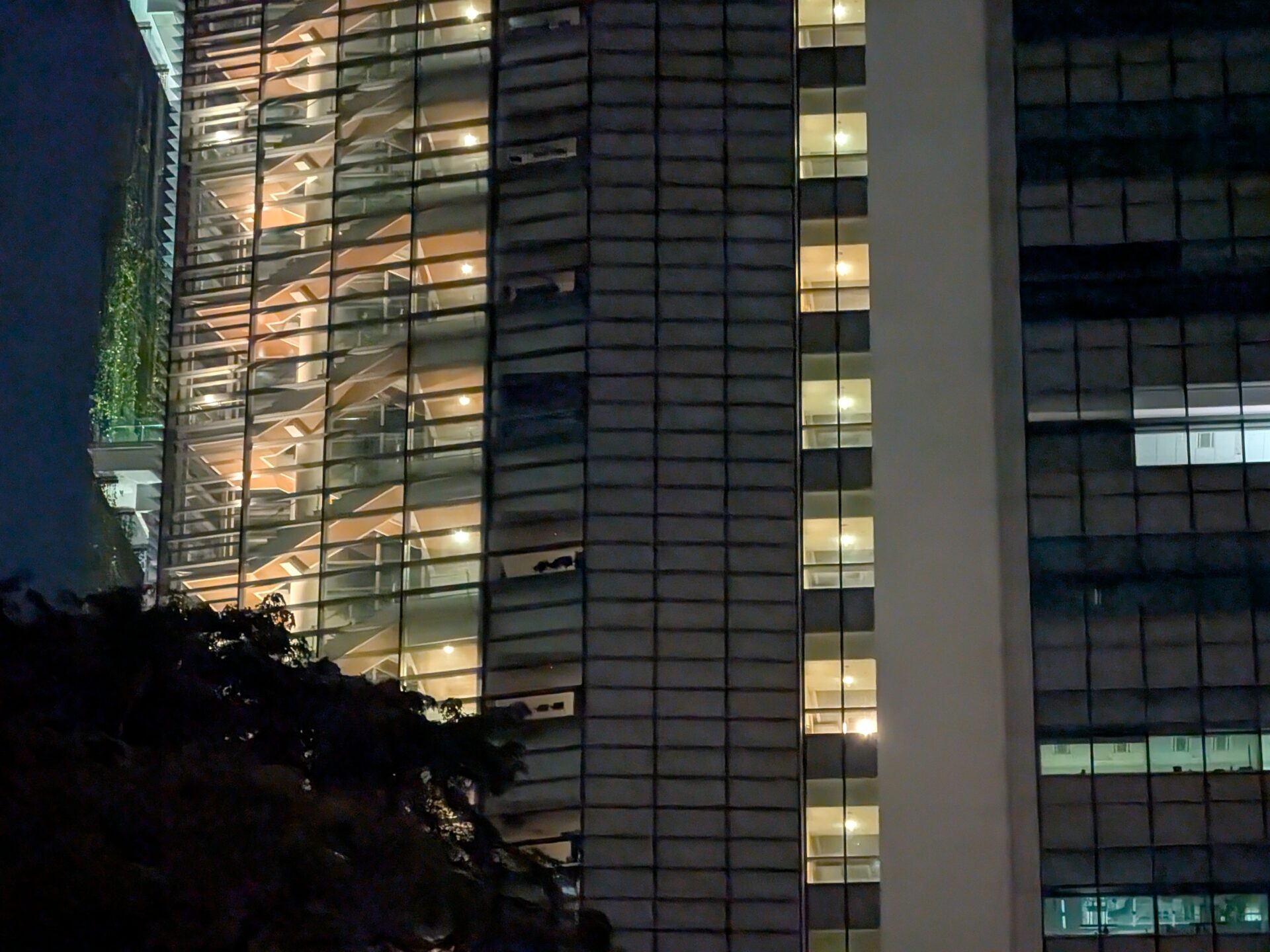
The telephoto shot here looks to have more obvious struggle with detail than earlier shots, while the ultrawide shots and wide shots appear as expected.
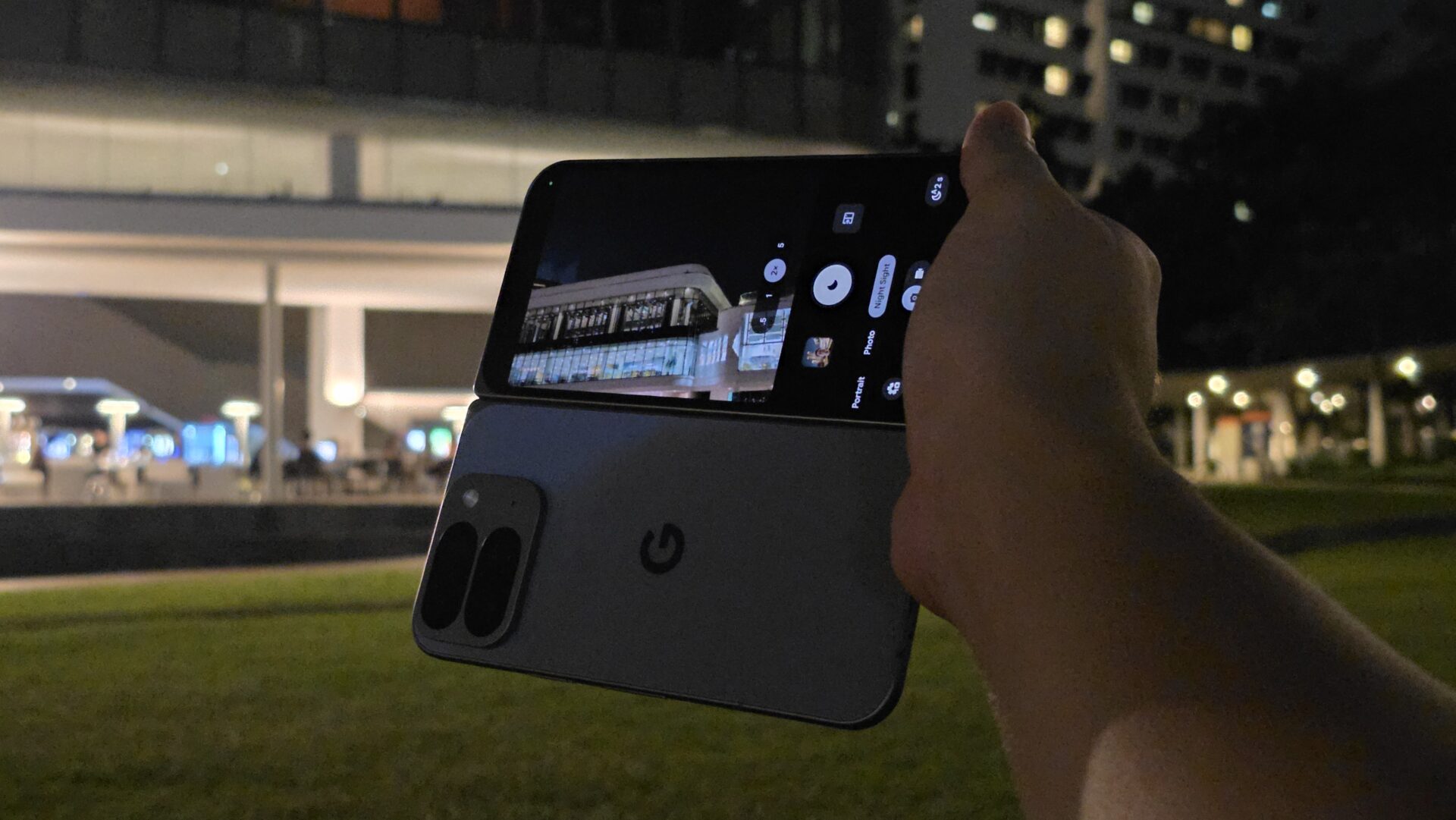
I like the Rear Camera Selfie implementation in the Camera app. It shifts the entire camera interface onto the cover display. This makes the display perfect for coordinating a shot on the better cameras on the rear, instead of relying on the front cameras.
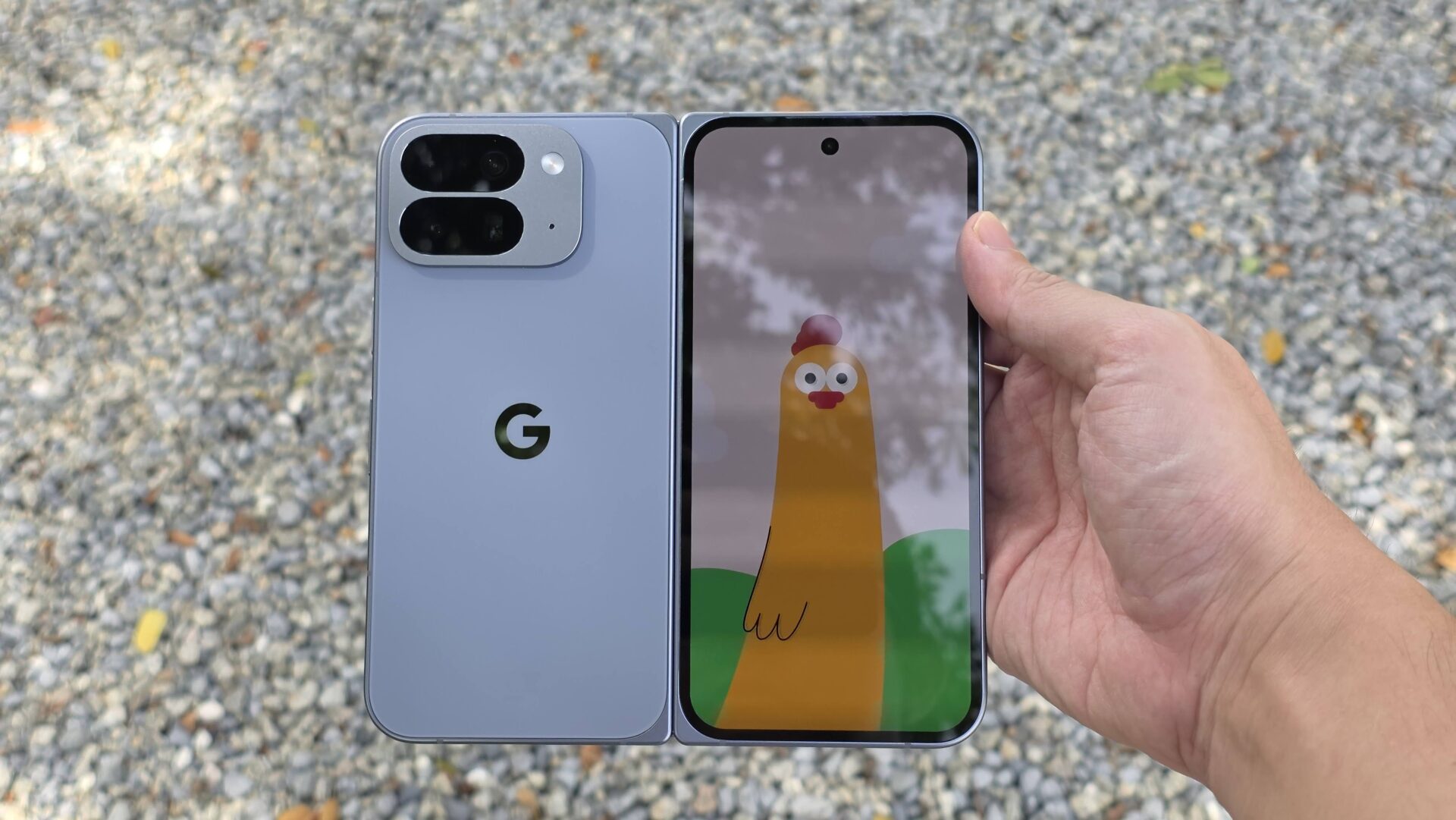
Want to catch the attention of a kid? Made You Look is an interestingly-named feature meant to help a child focus on the Google device with interactive, cute graphics during photo-taking.
Conclusion
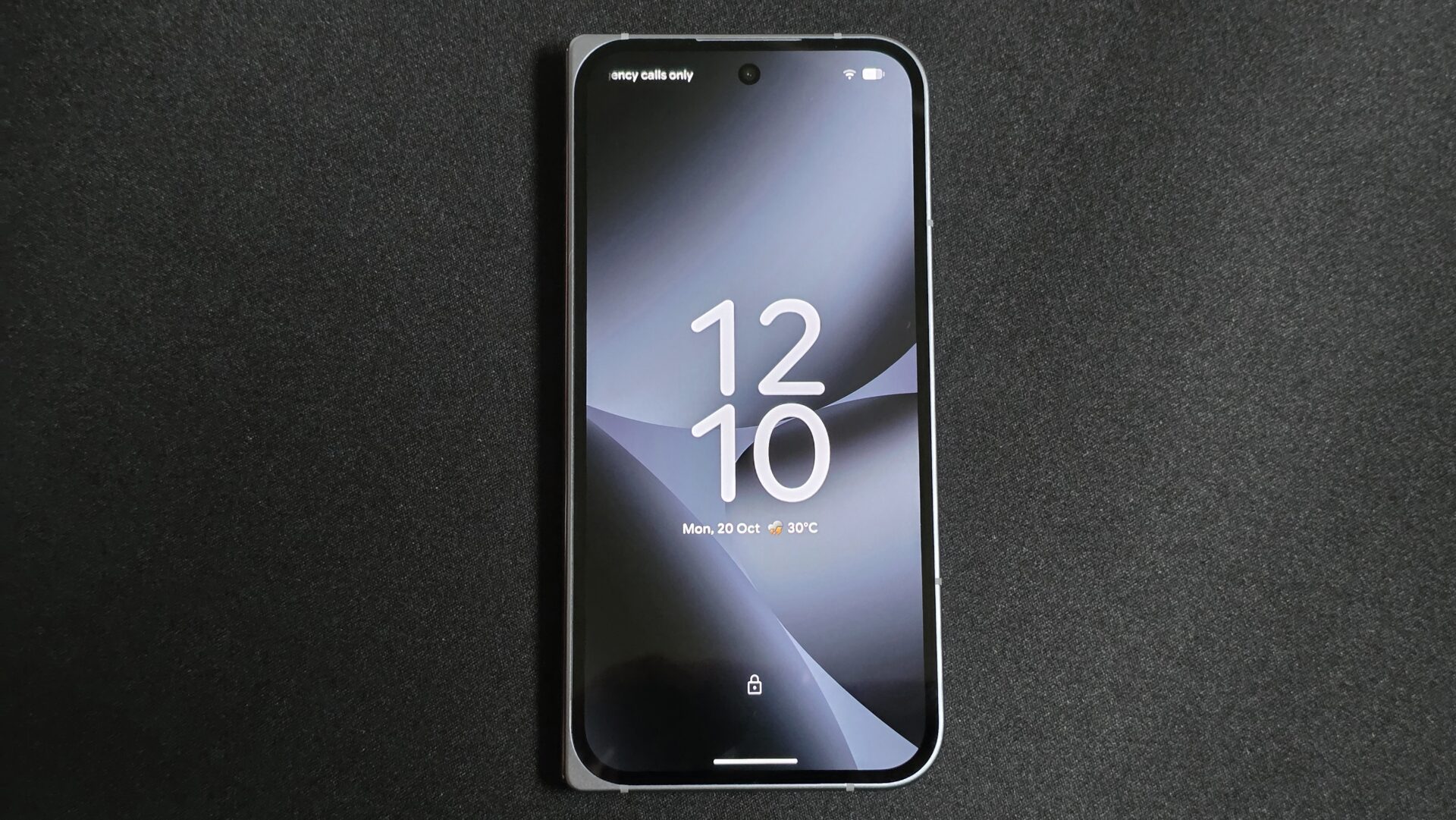
The frame and screen size of the Google Pixel 10 Pro Fold have followed a successful formula, and the vanilla Google Android and camera experience are as good as ever.
Unfortunately, Google has missed an opportunity to reduce the screen crease and change out the protective film to make the new phone more attractive. It could have also thinned down the bezel, and improved the cameras this year.
Should you buy the latest Google foldable? Maybe if you’re a Pixel diehard seeking a top-of-the-line experience. Then again, it might be better to go for the candybar Google Pixel 10 Pro XL, which seems a decent alternative.
